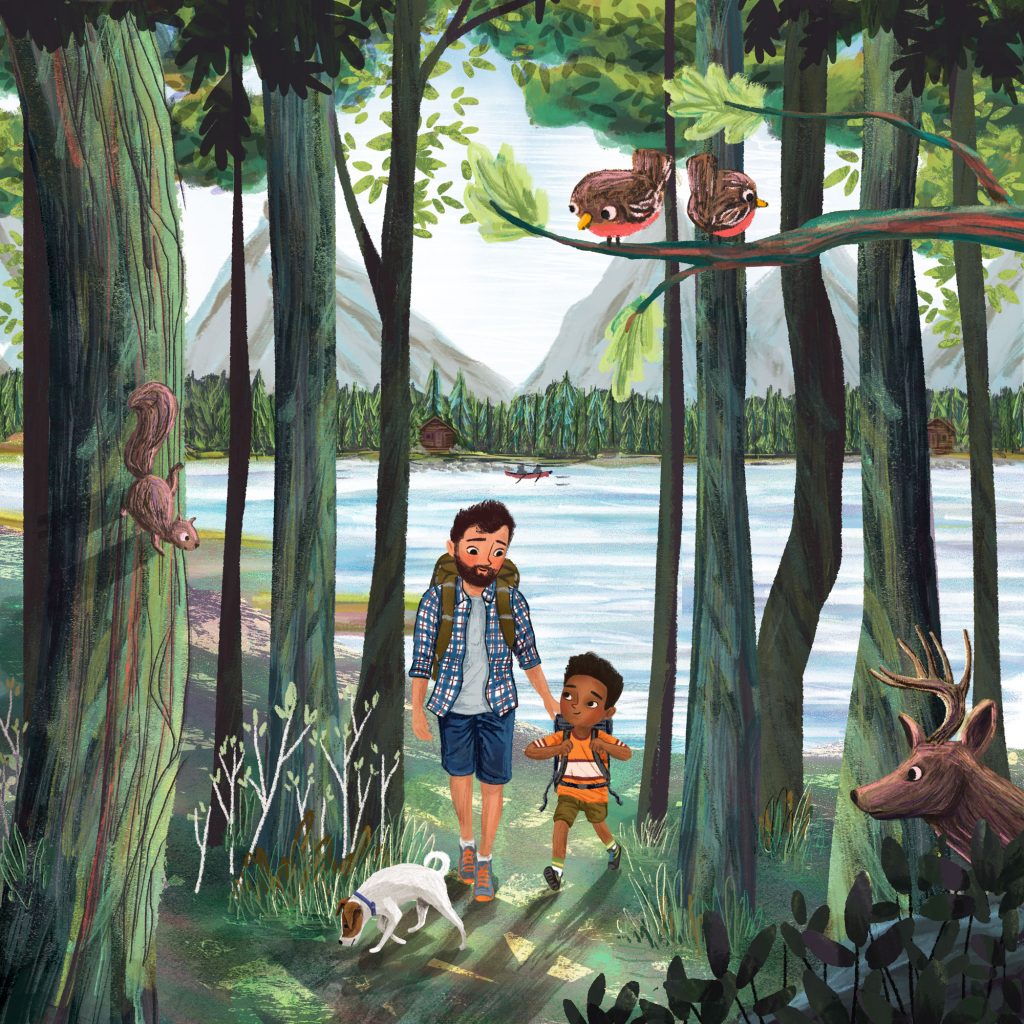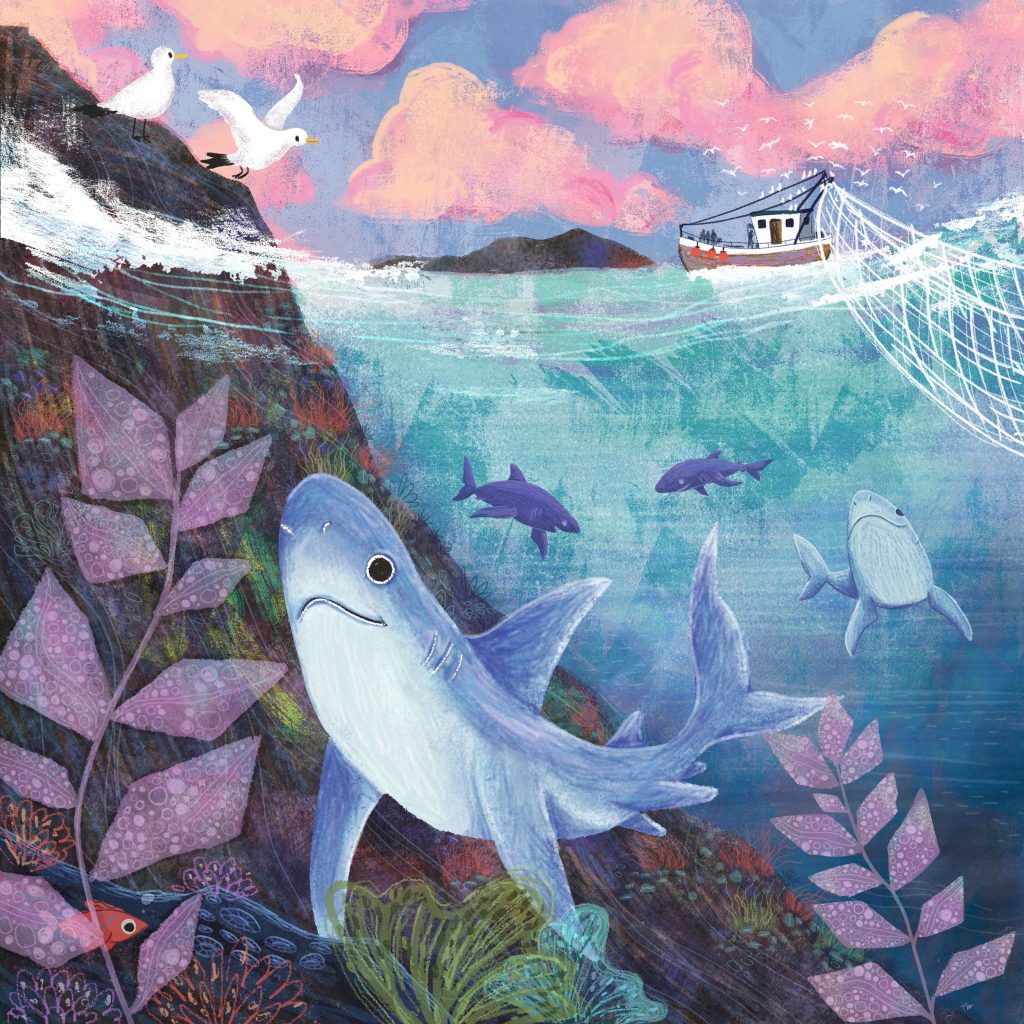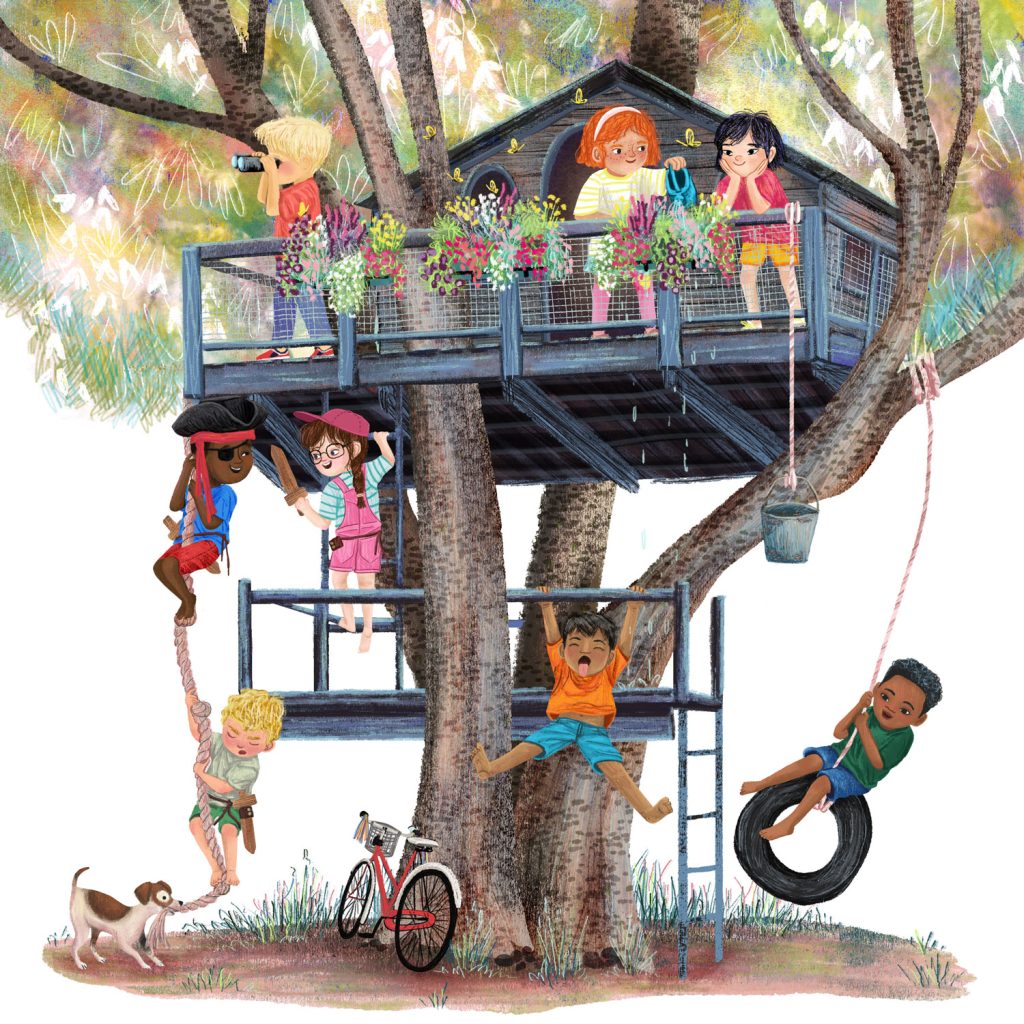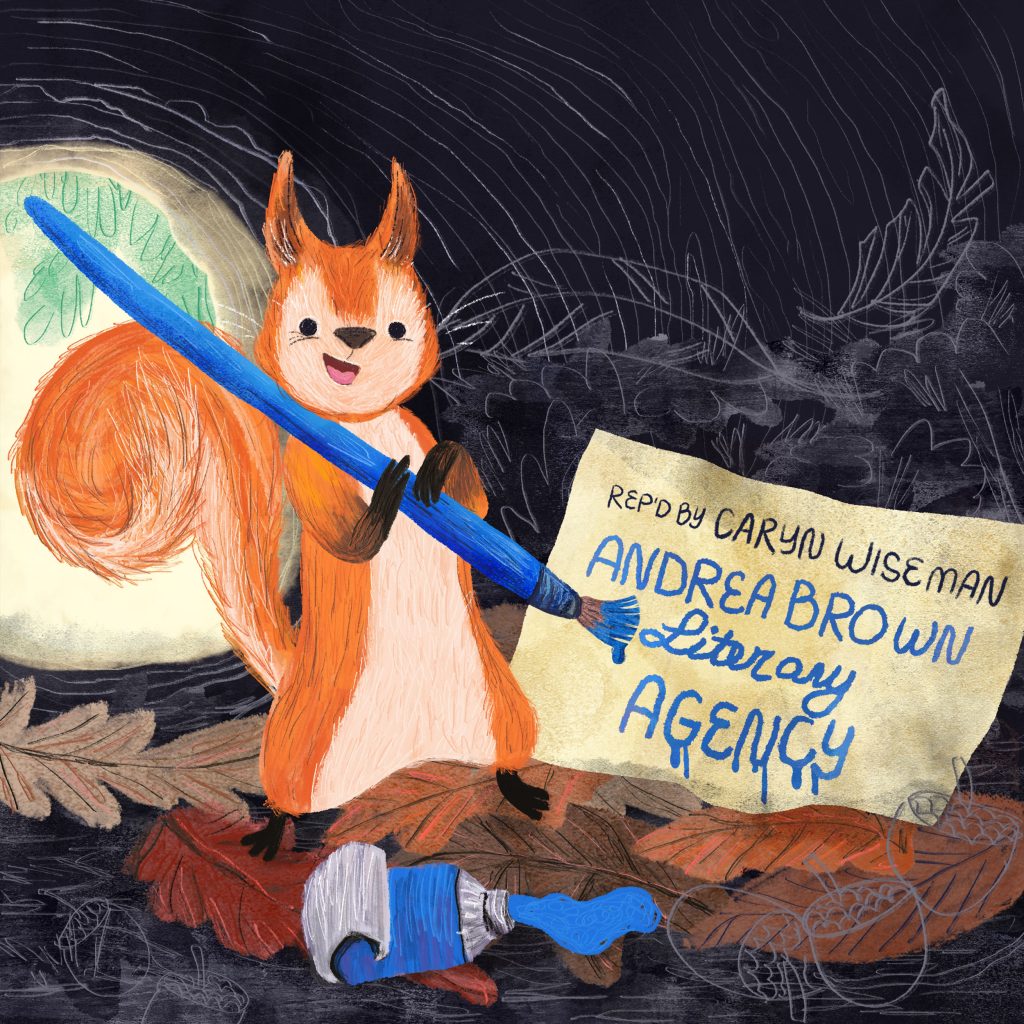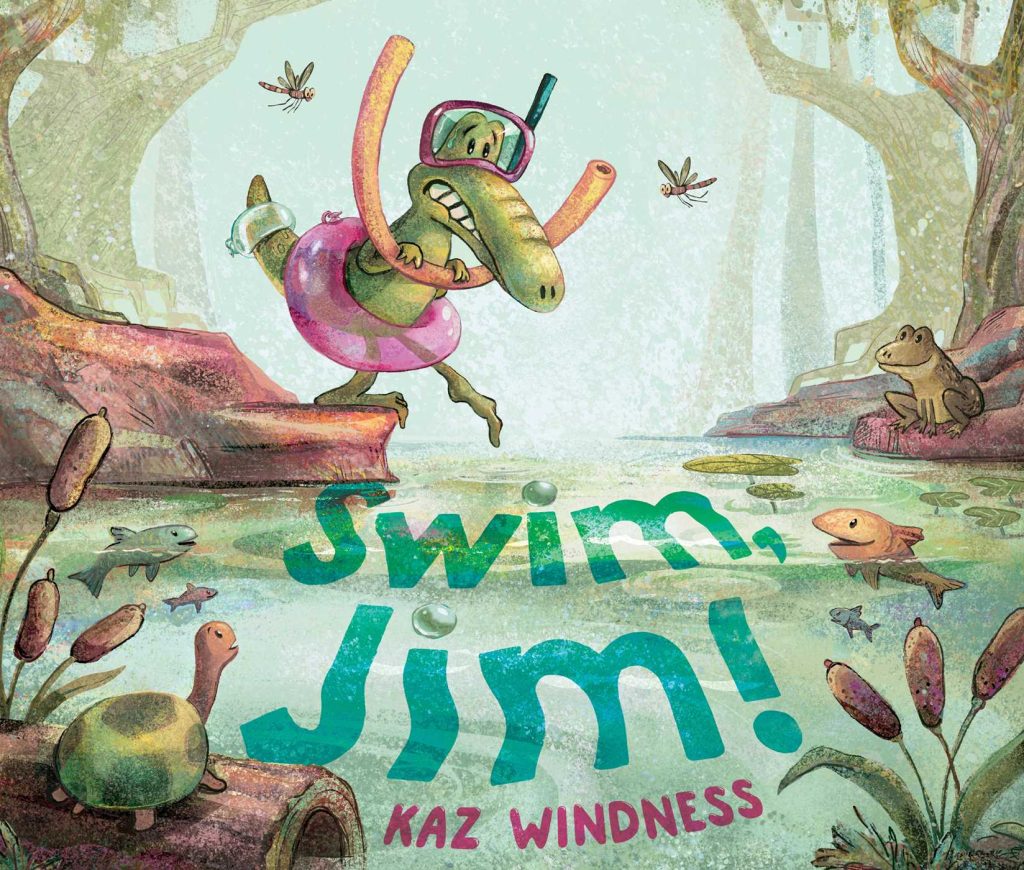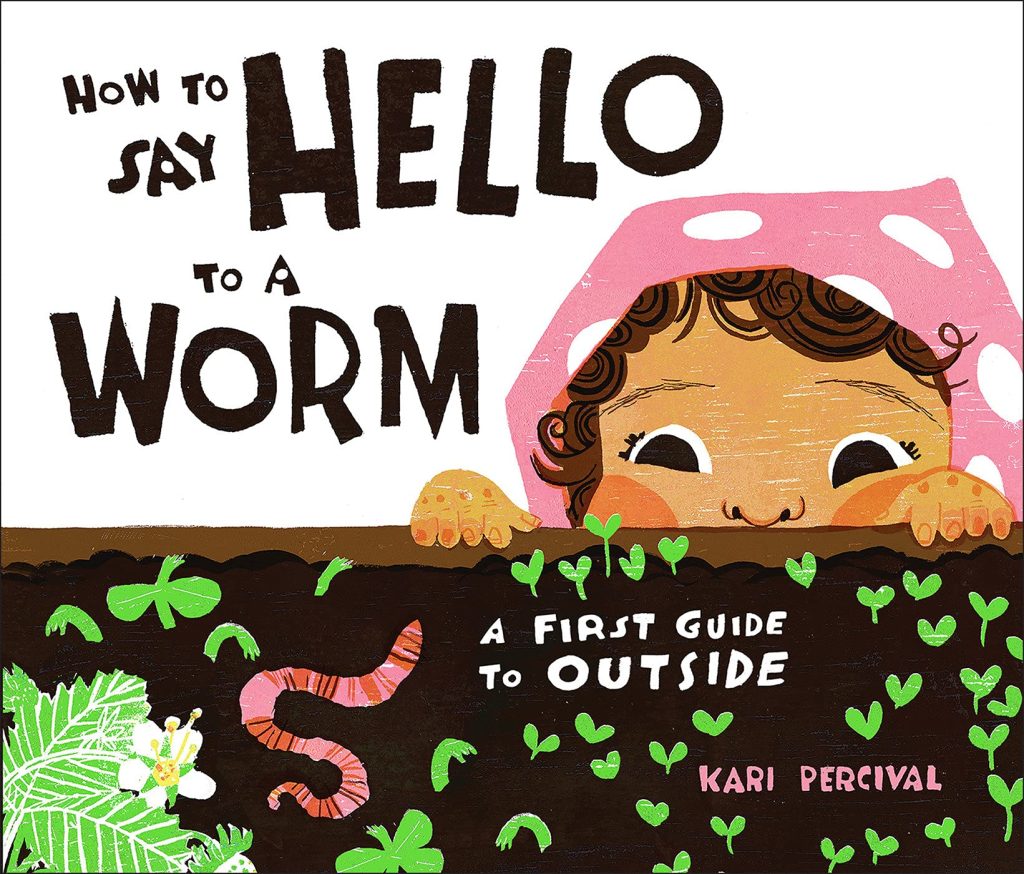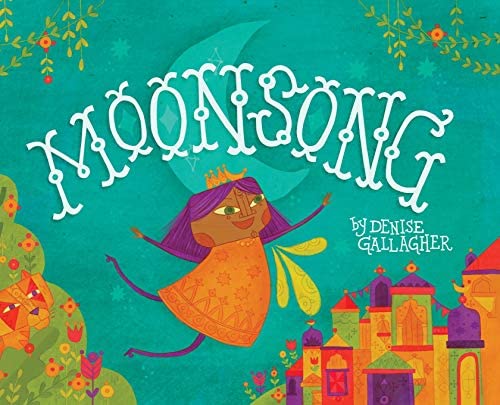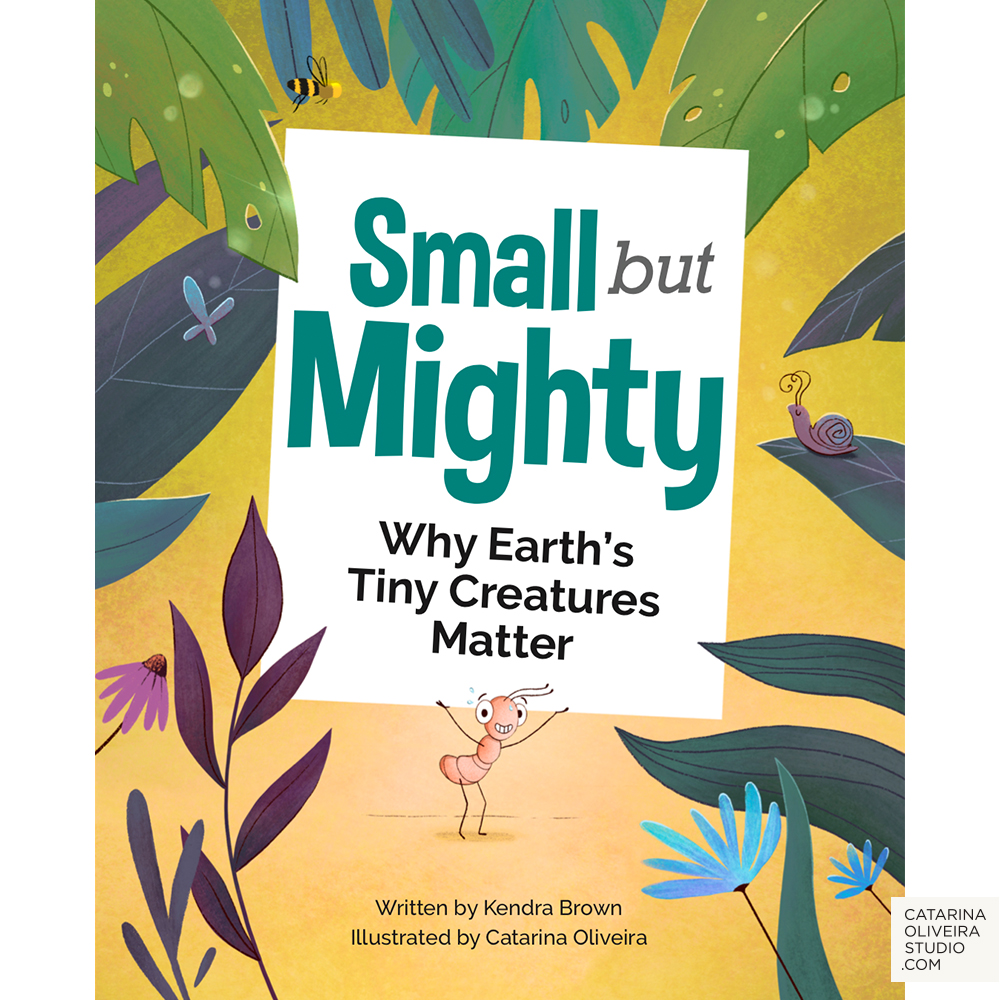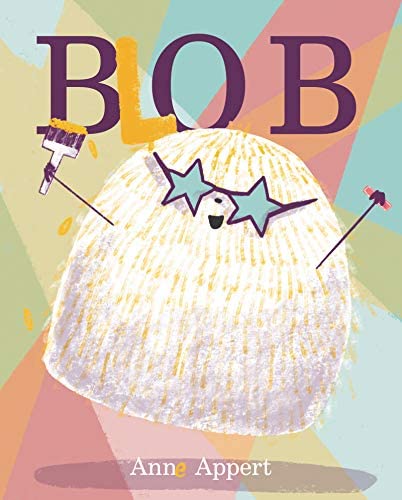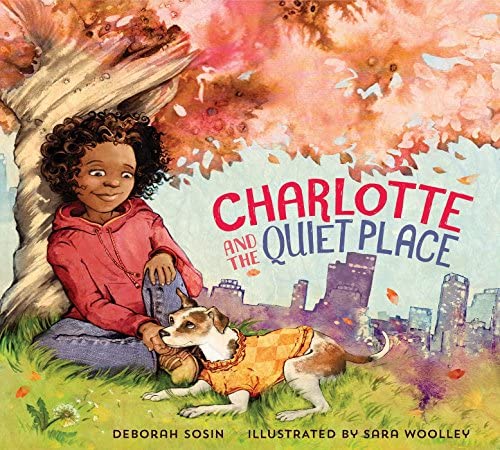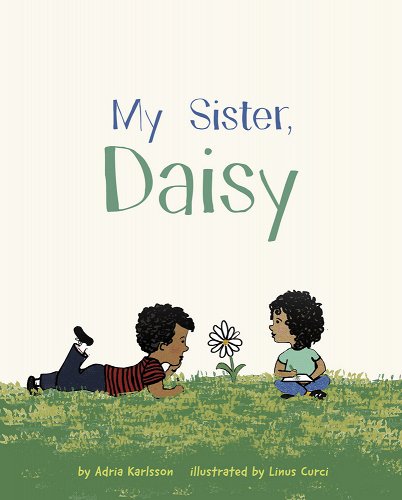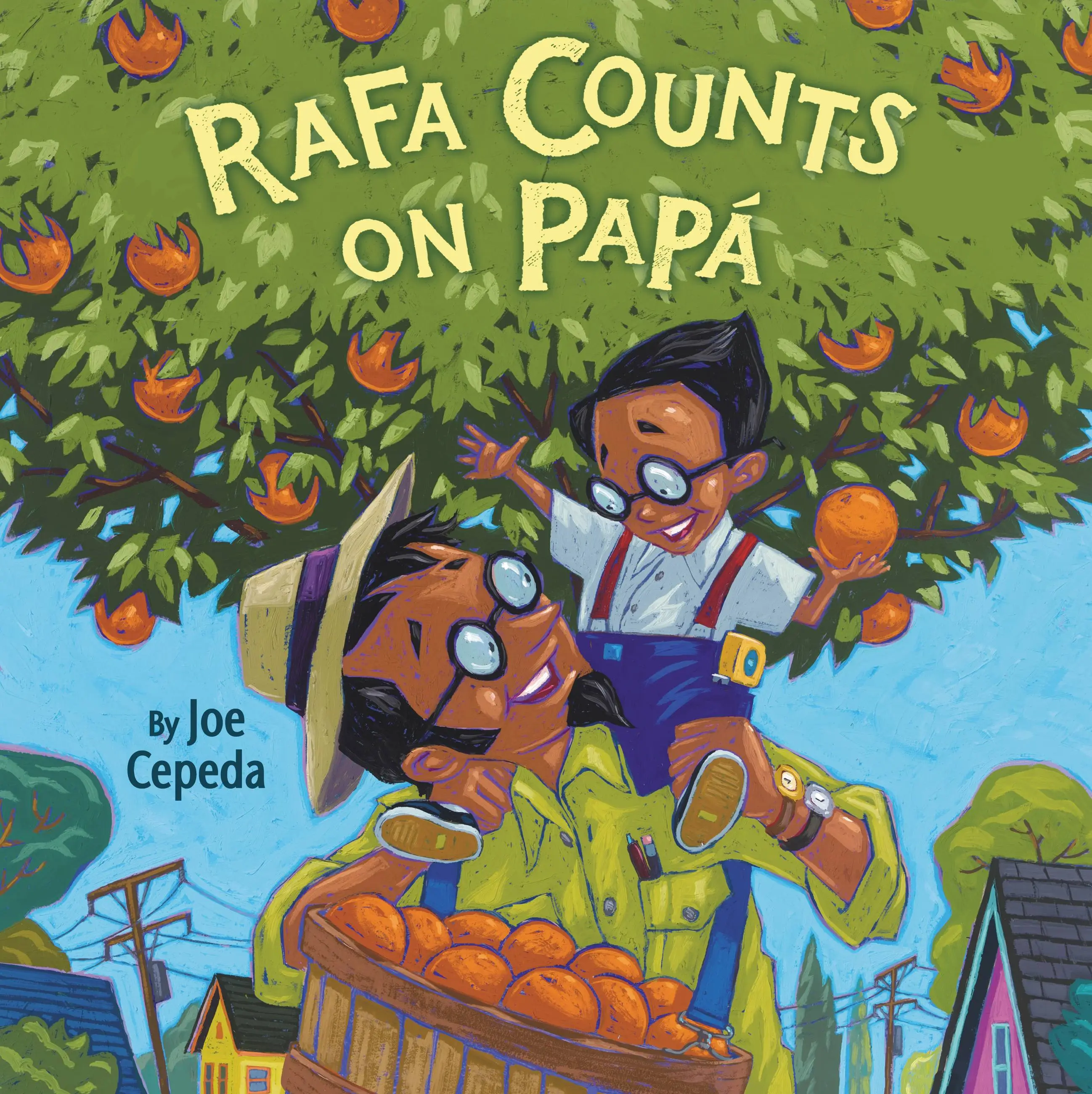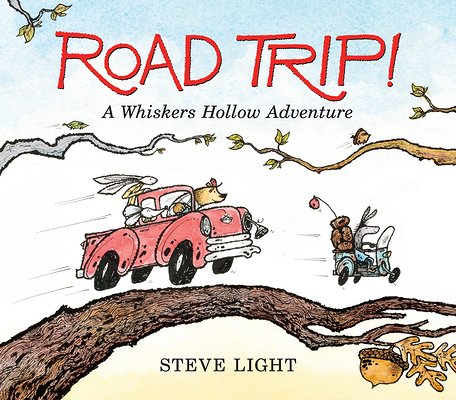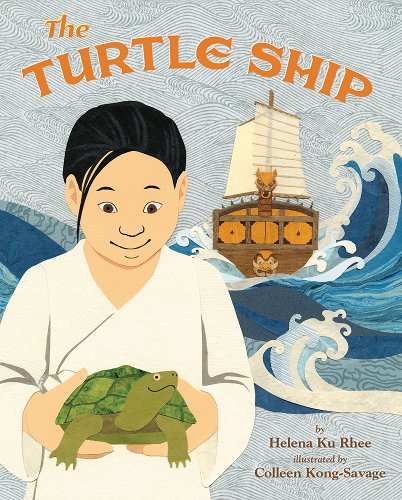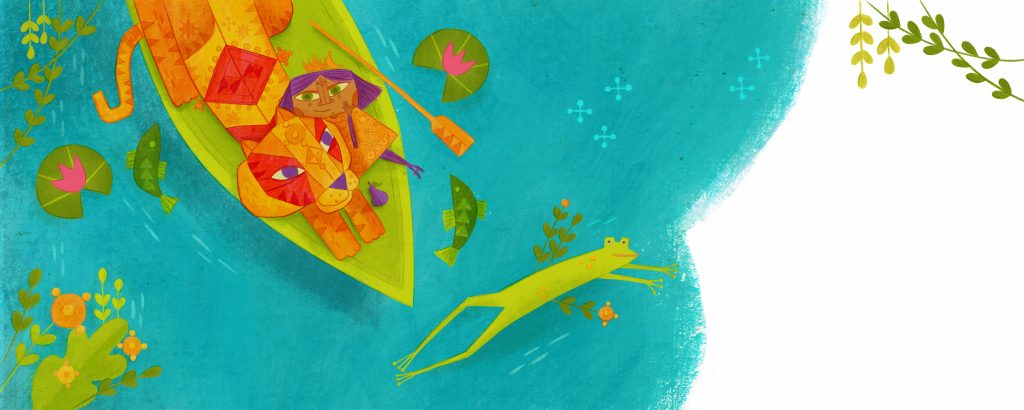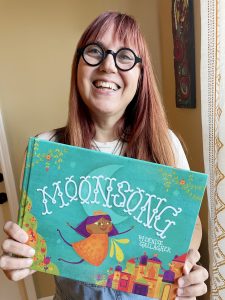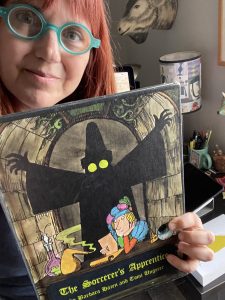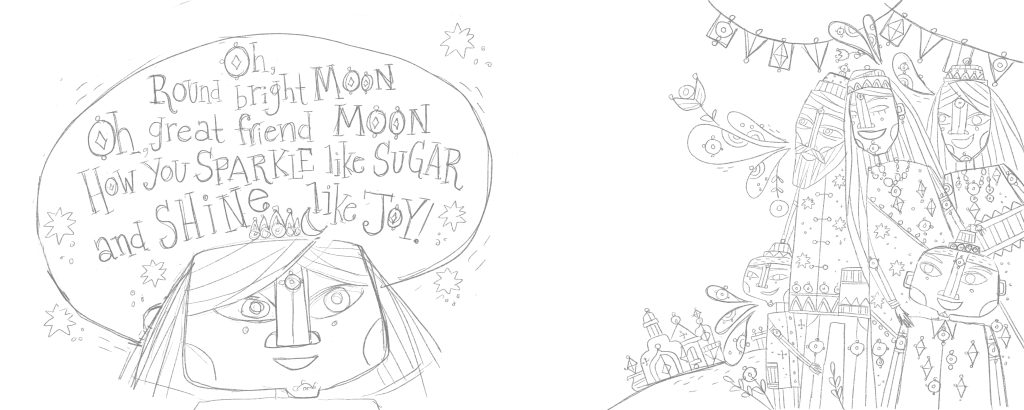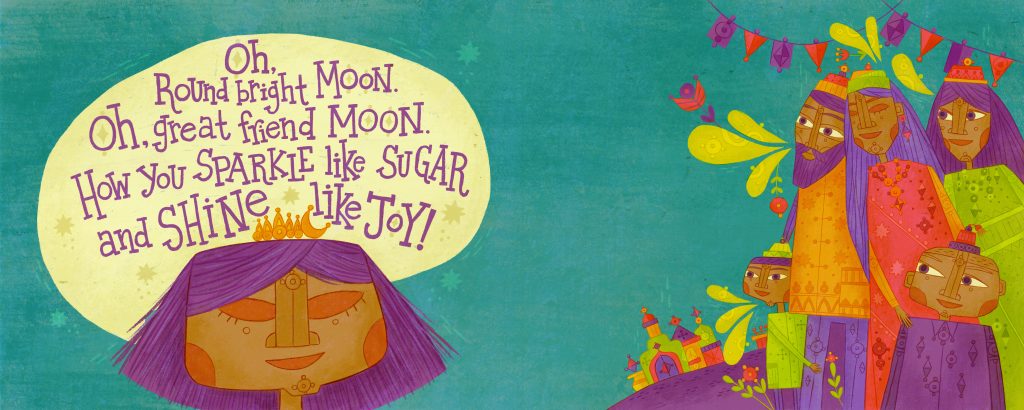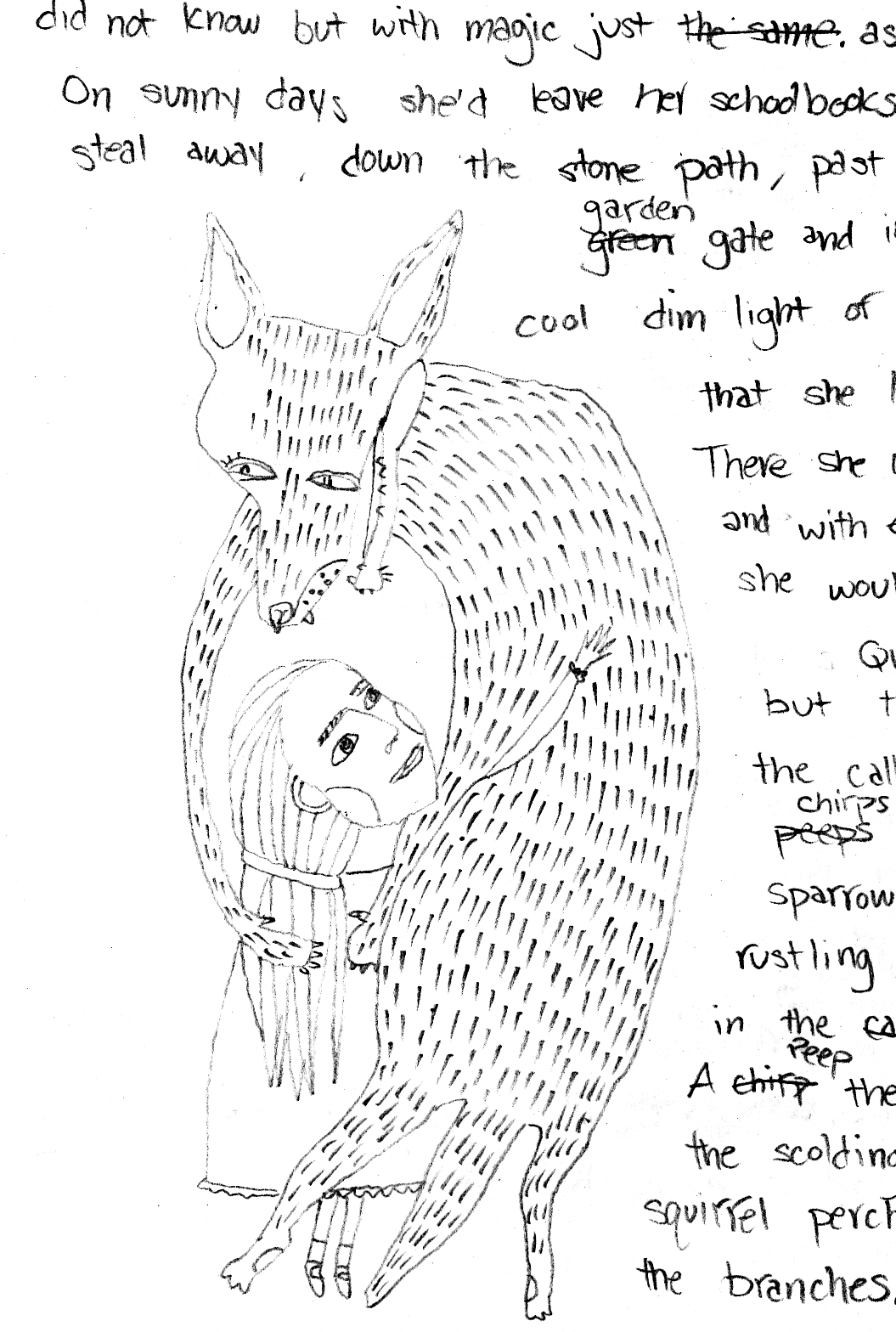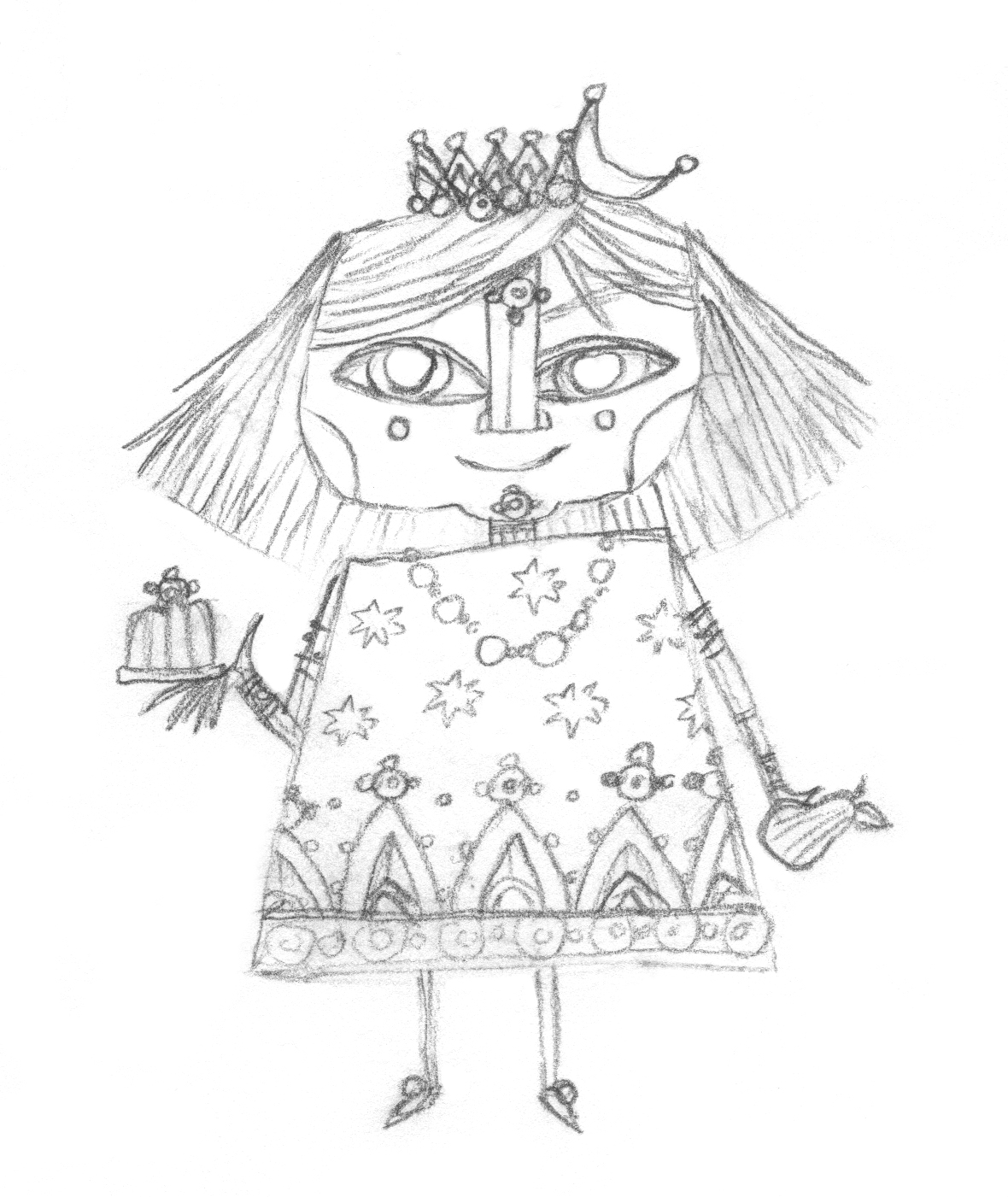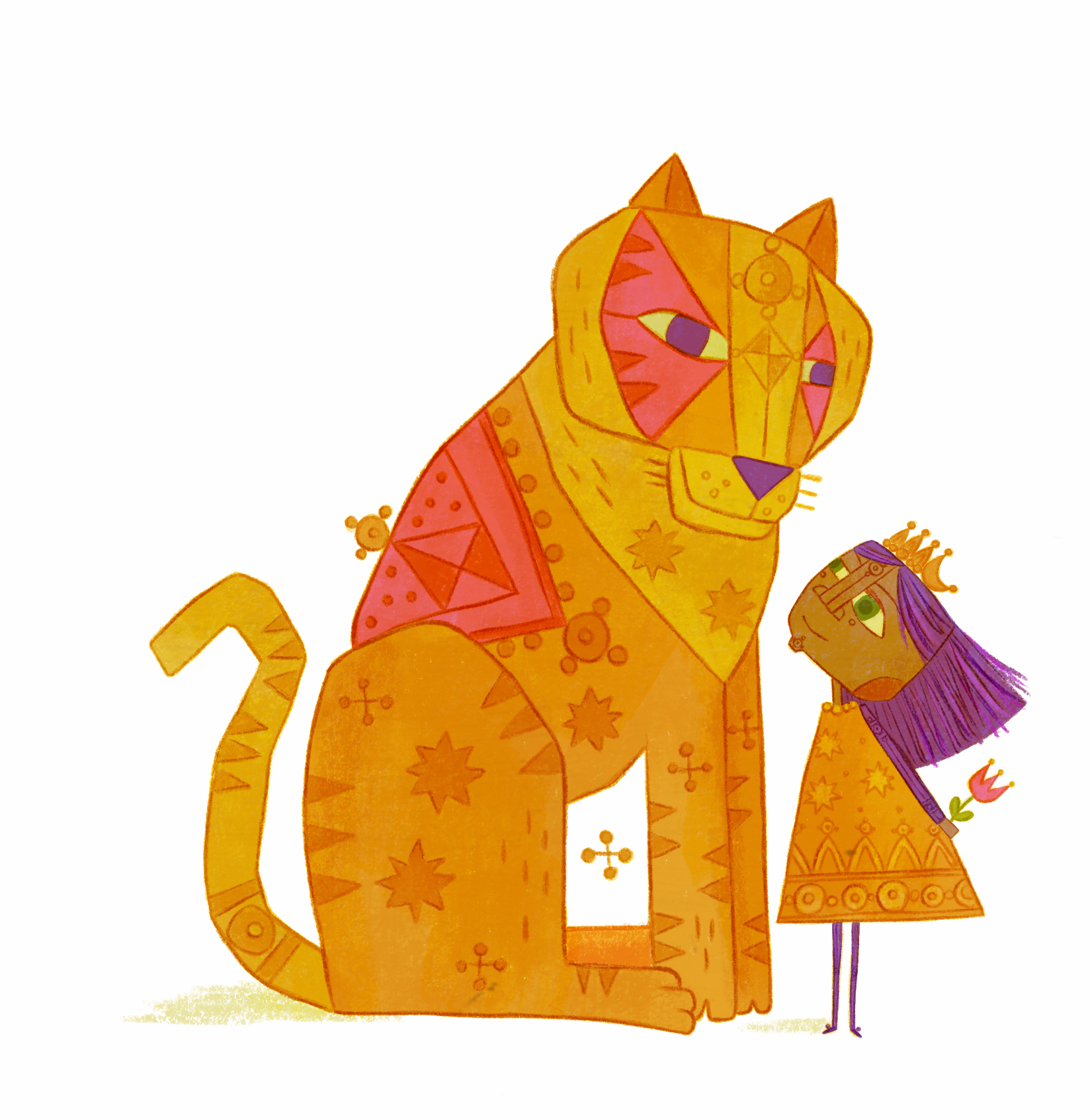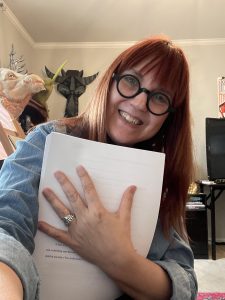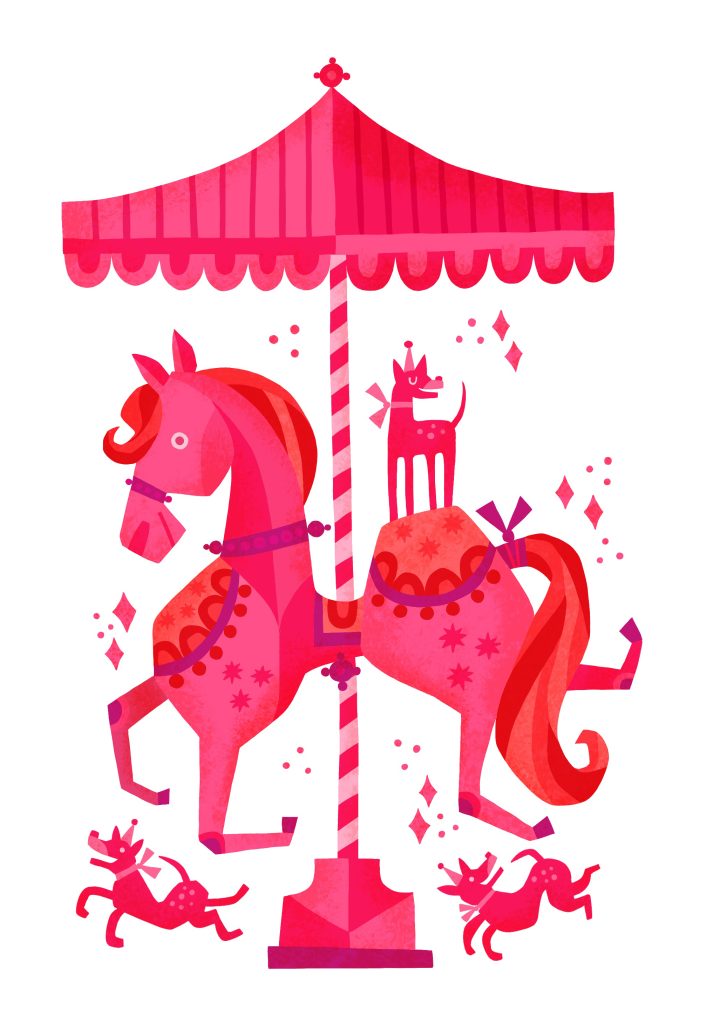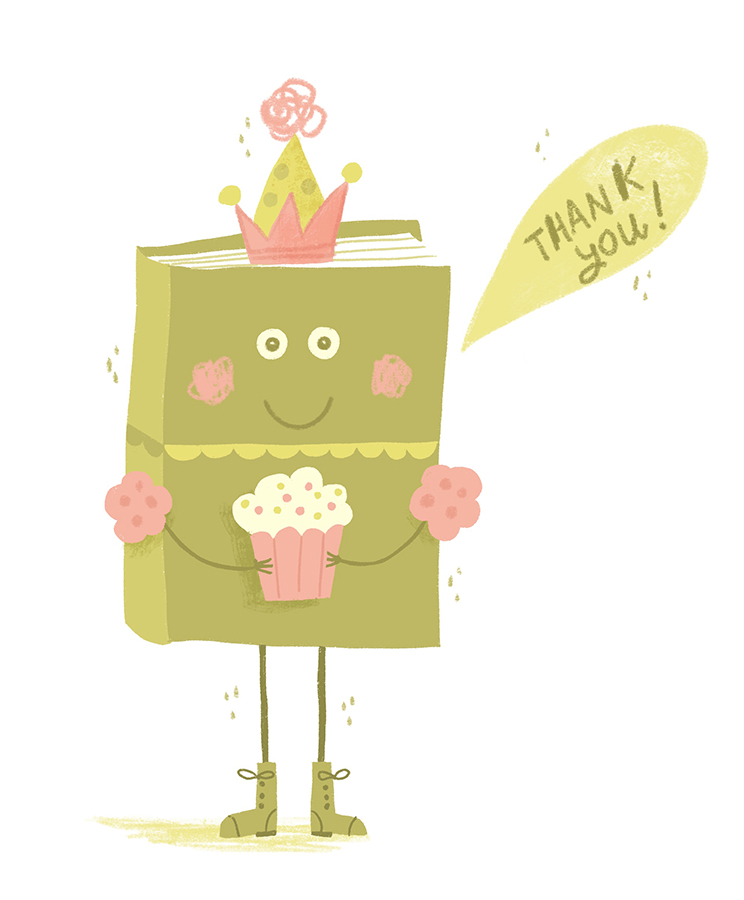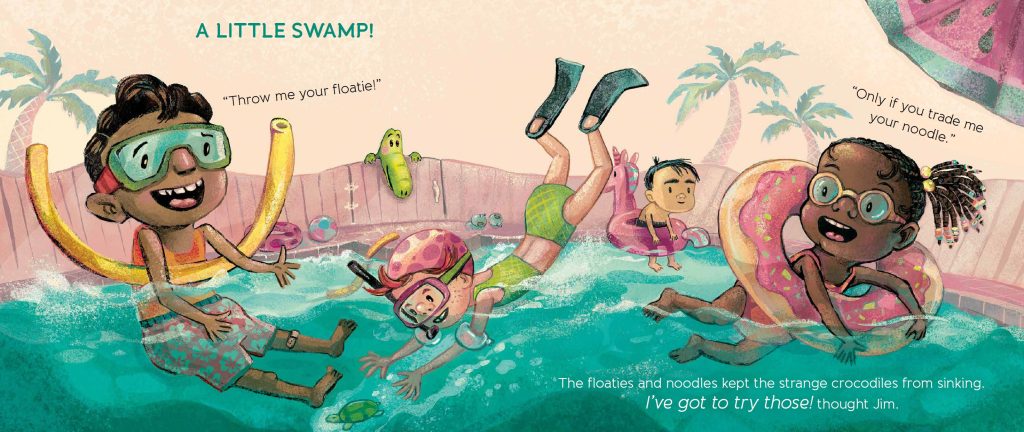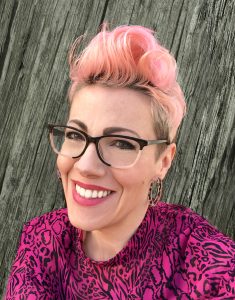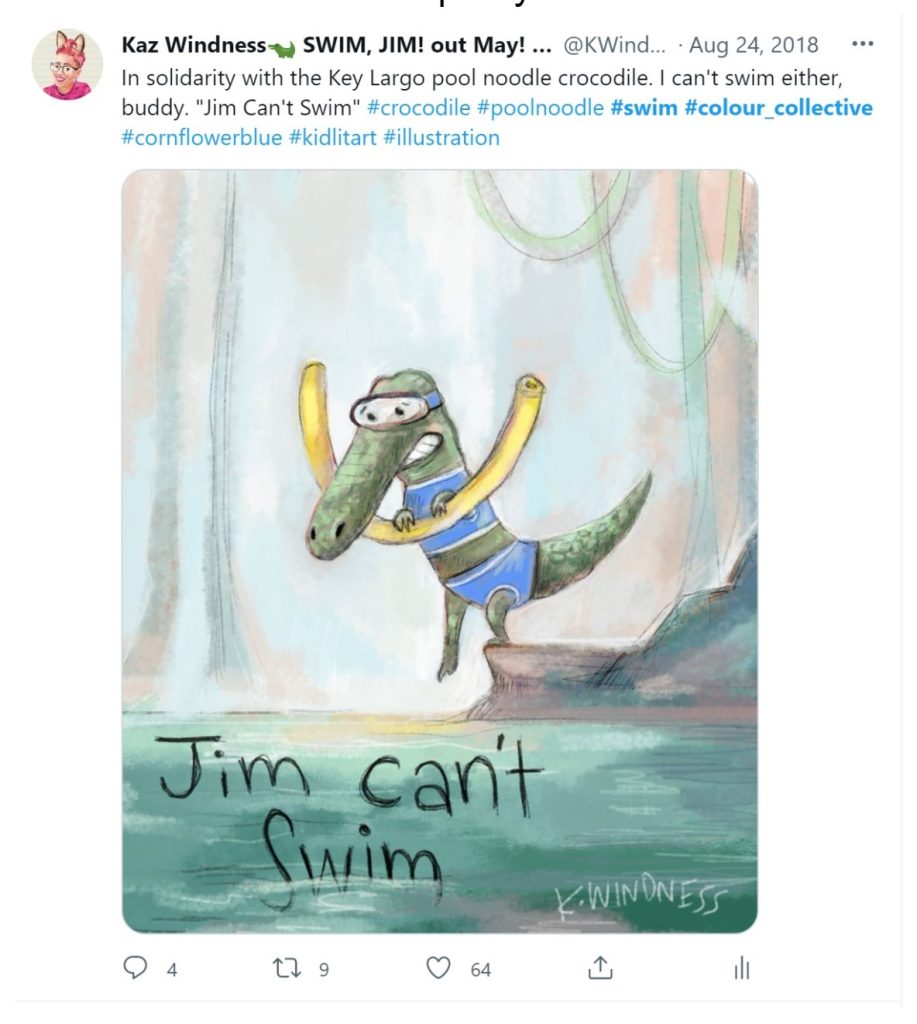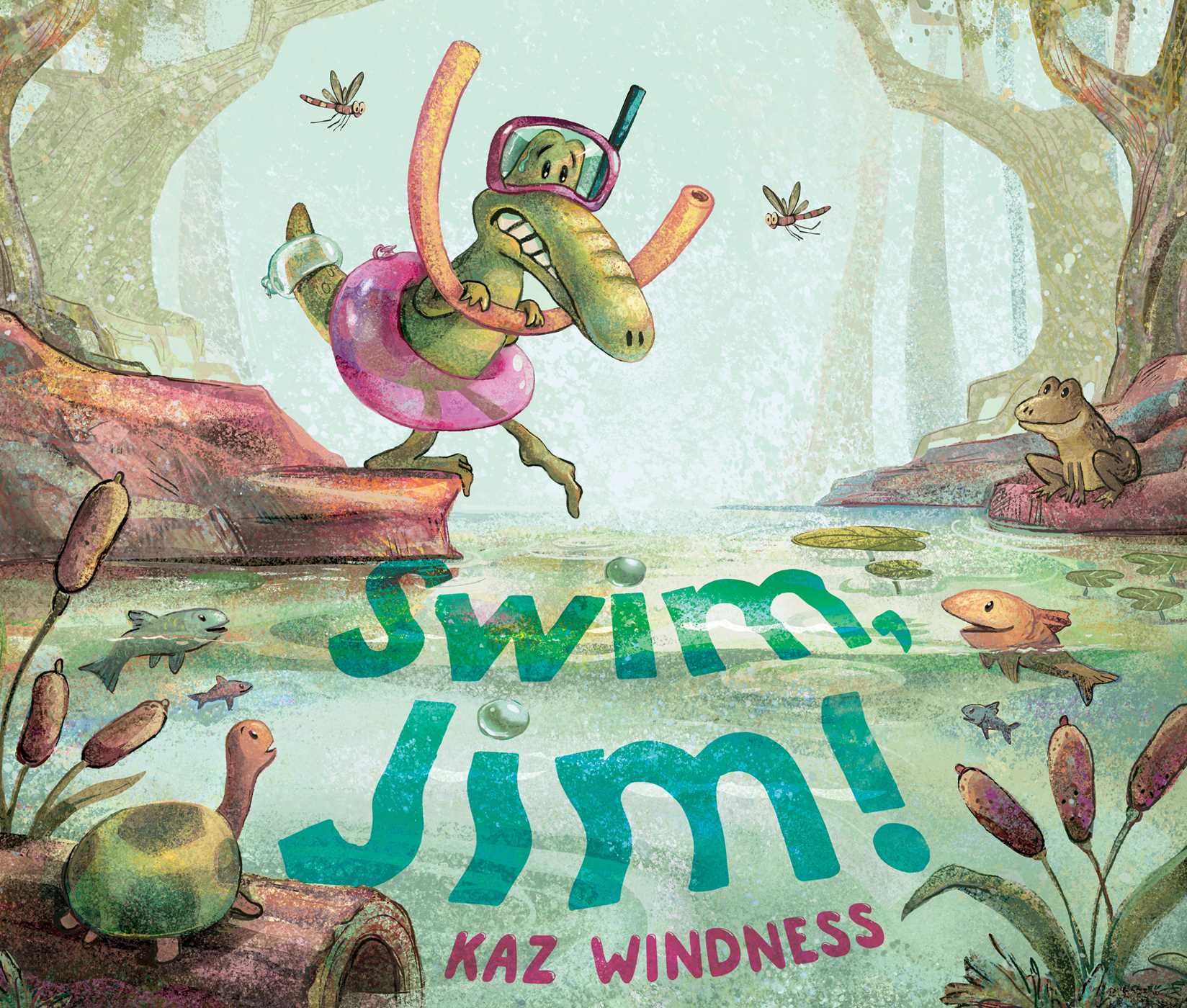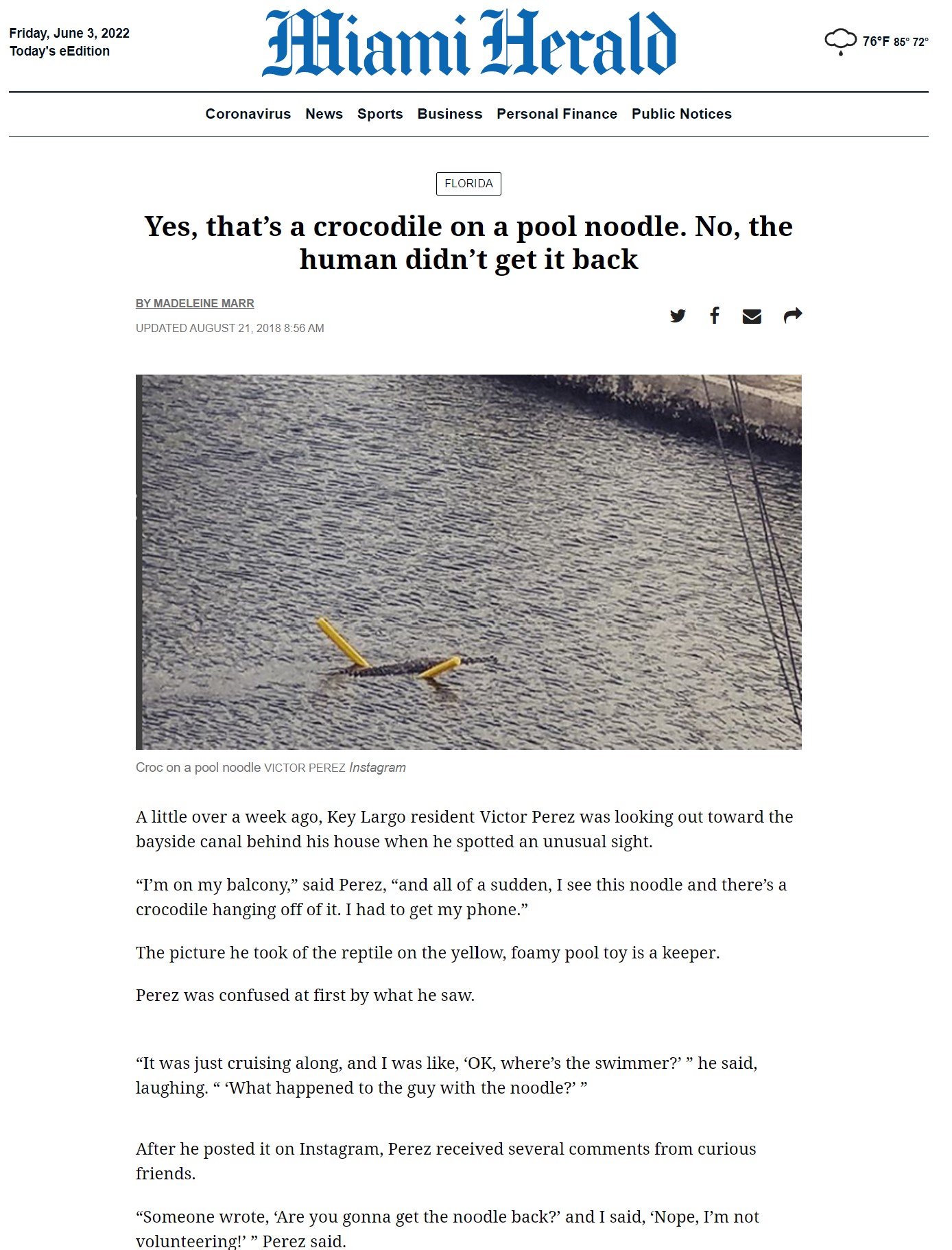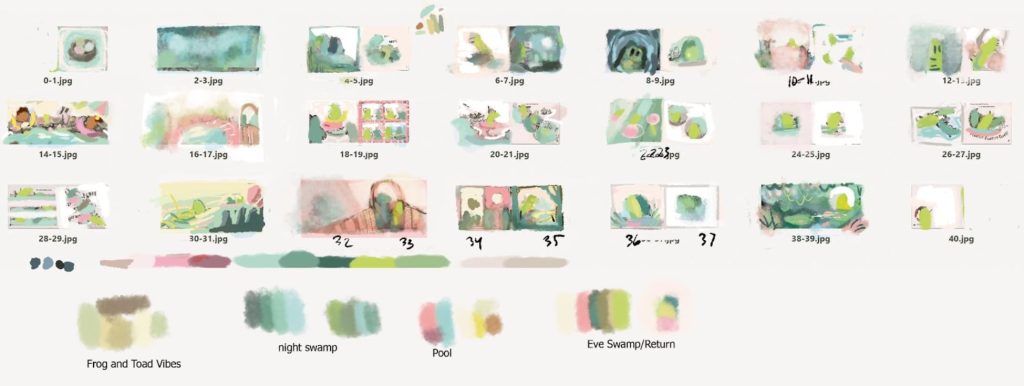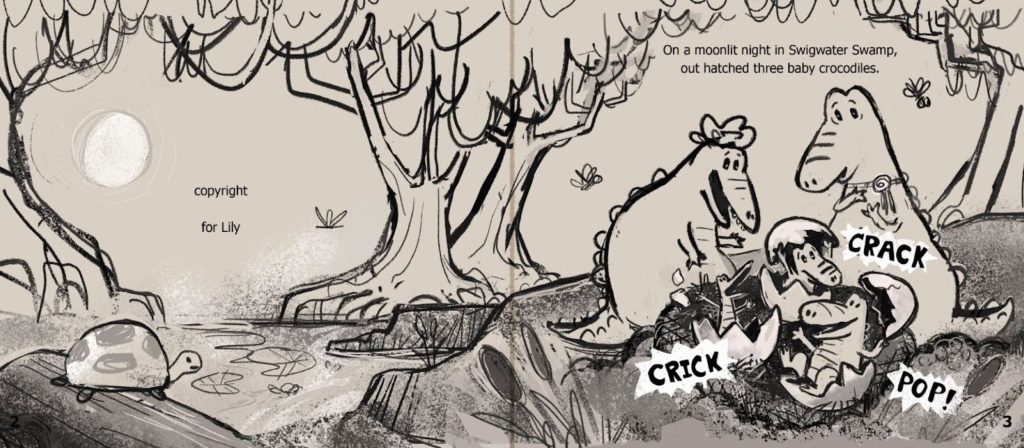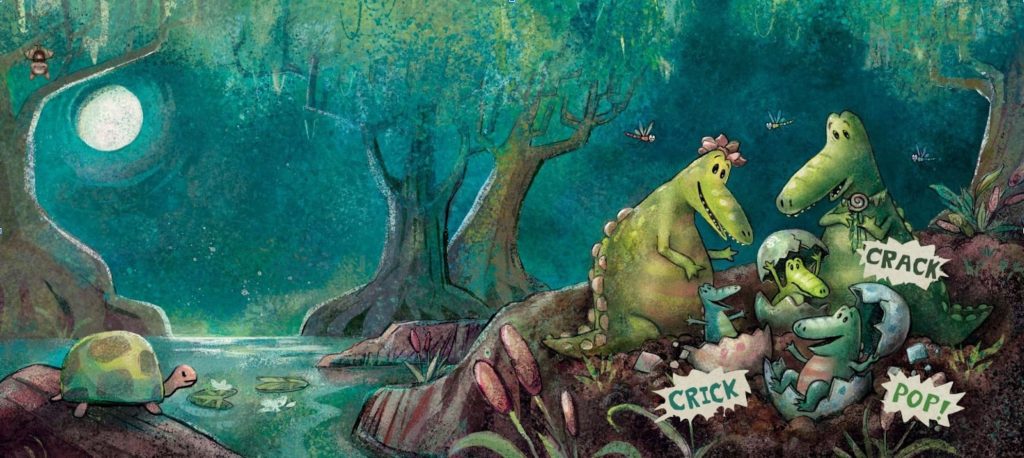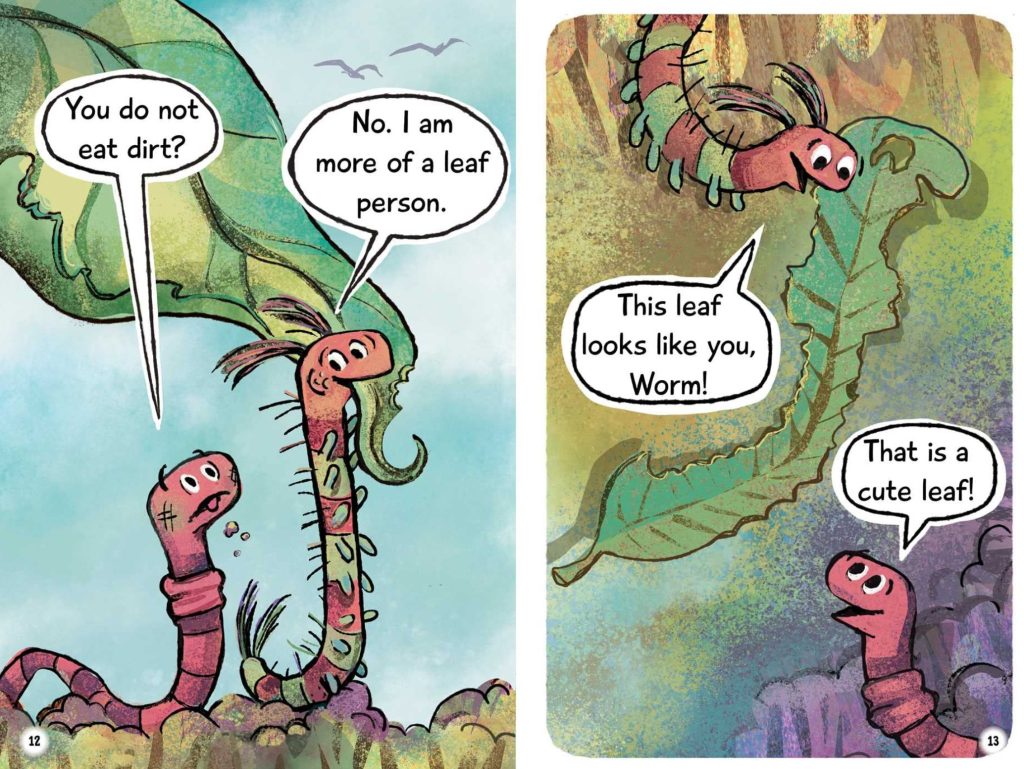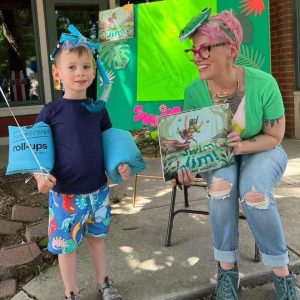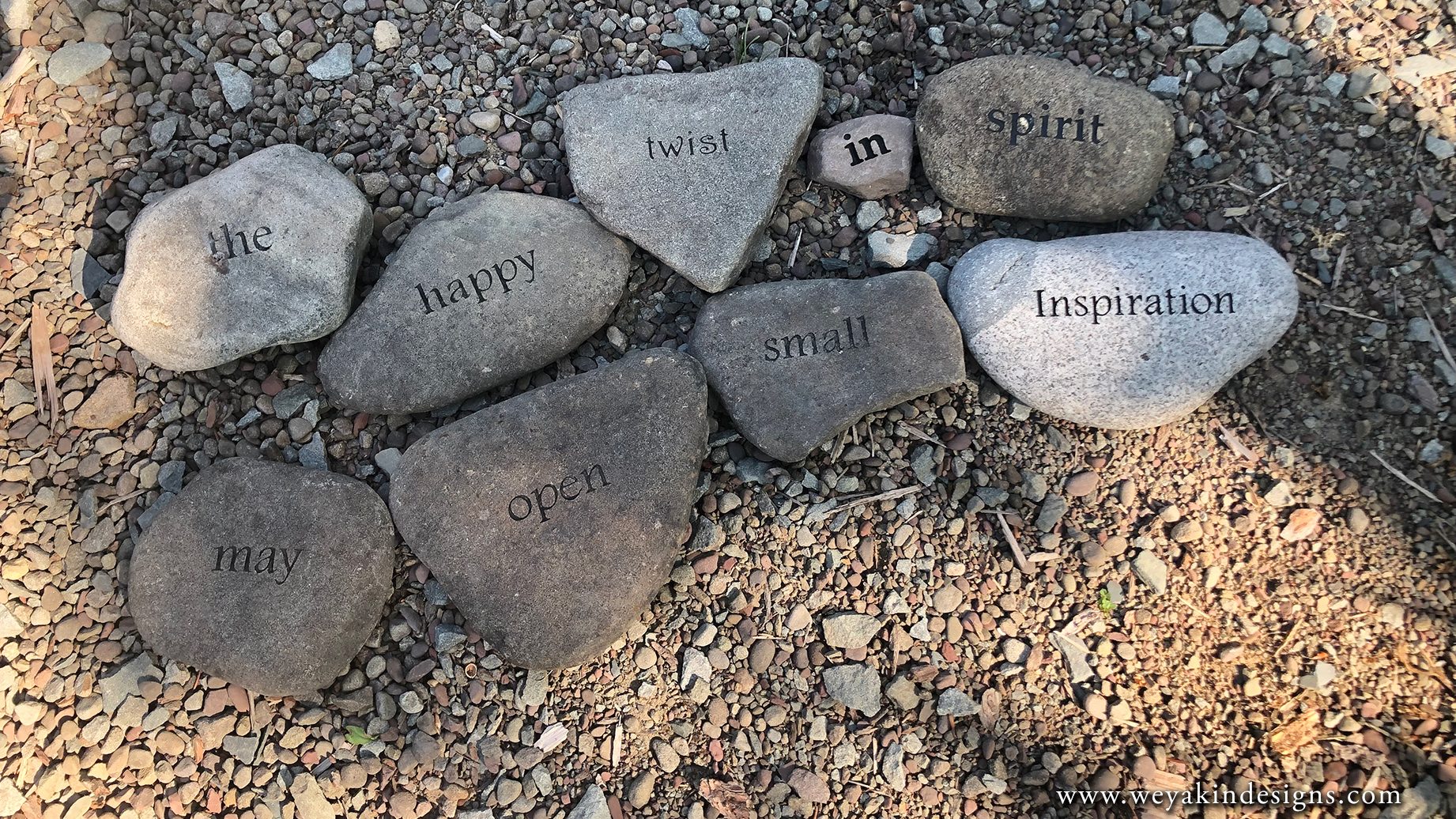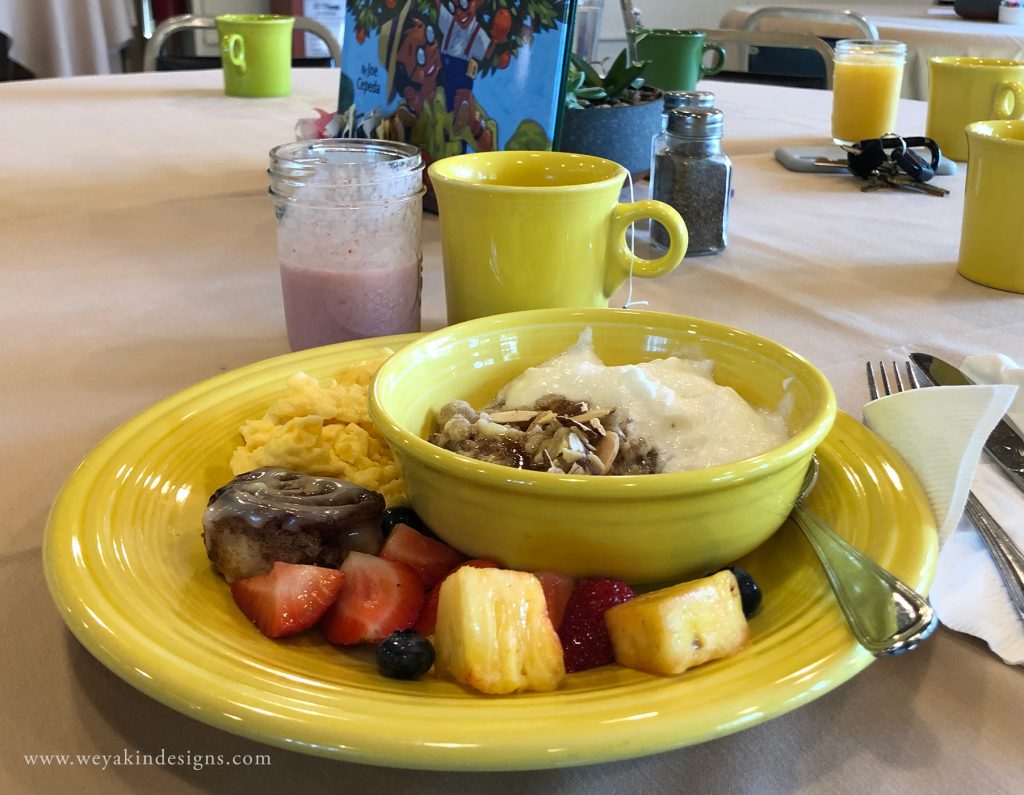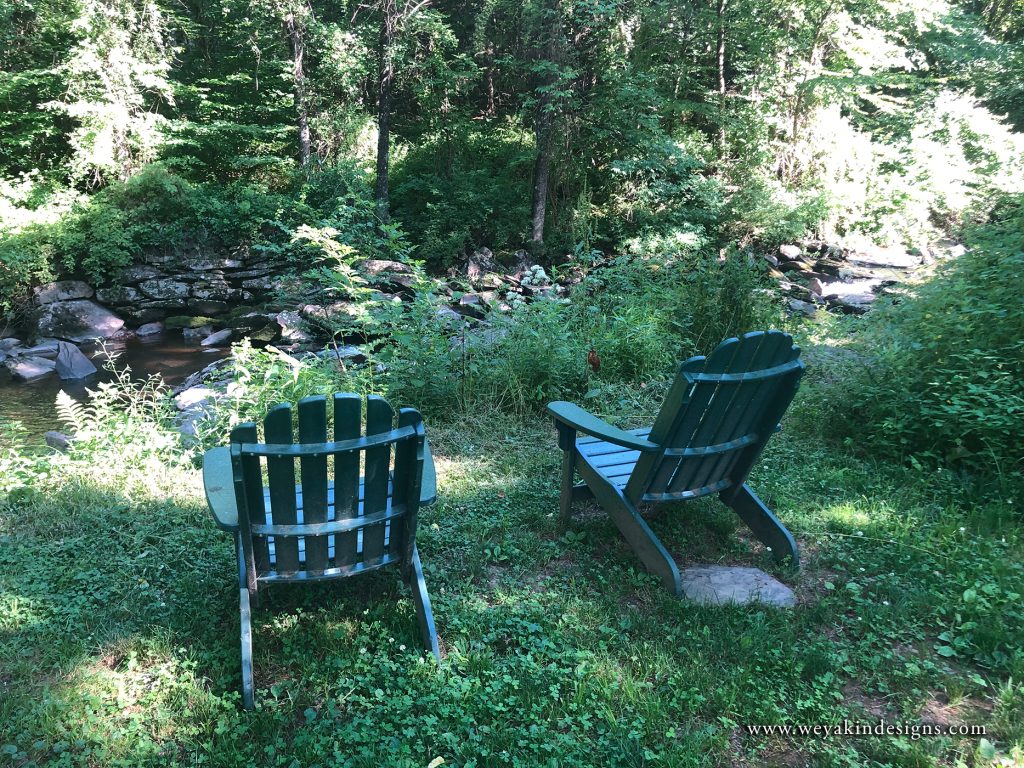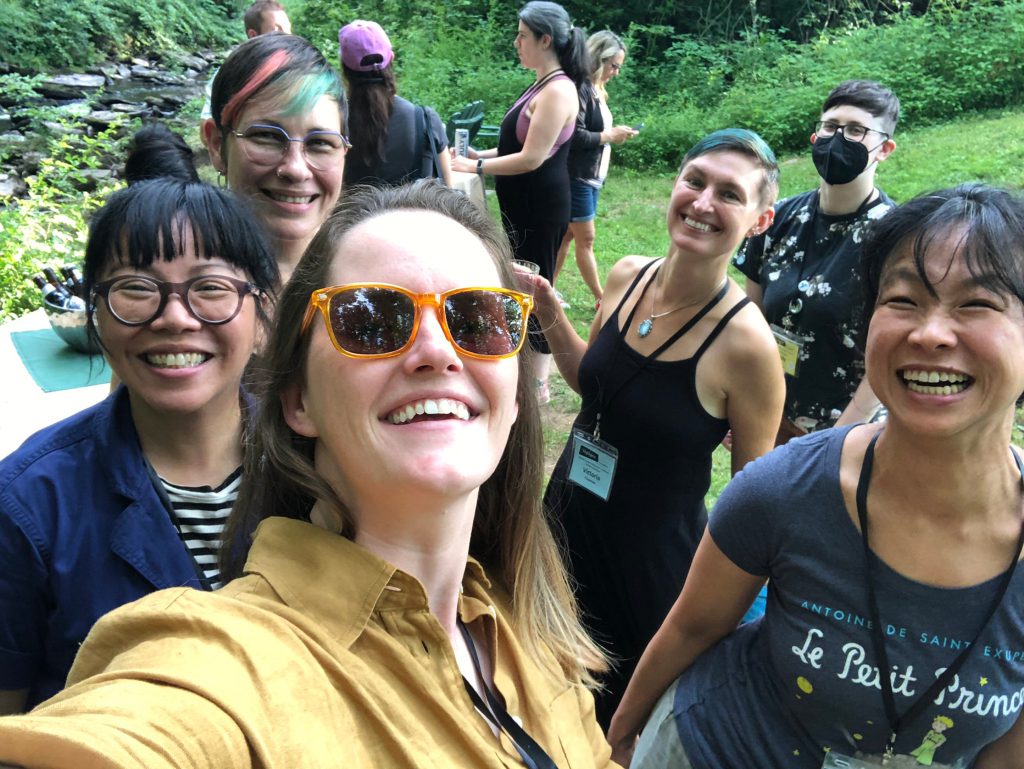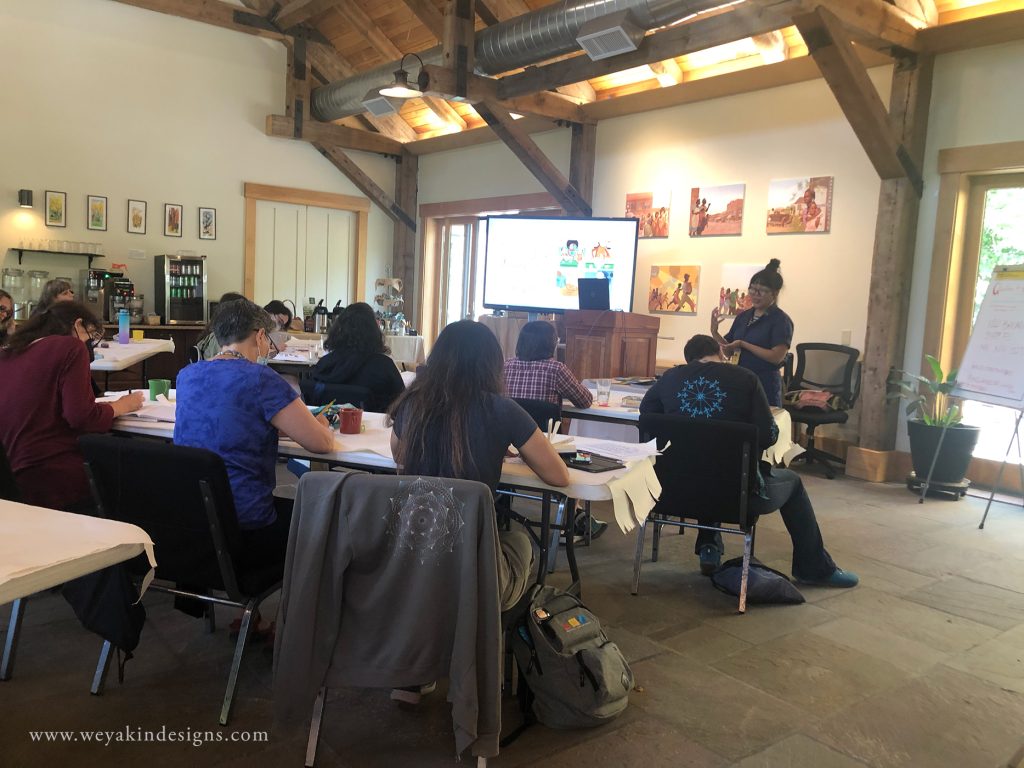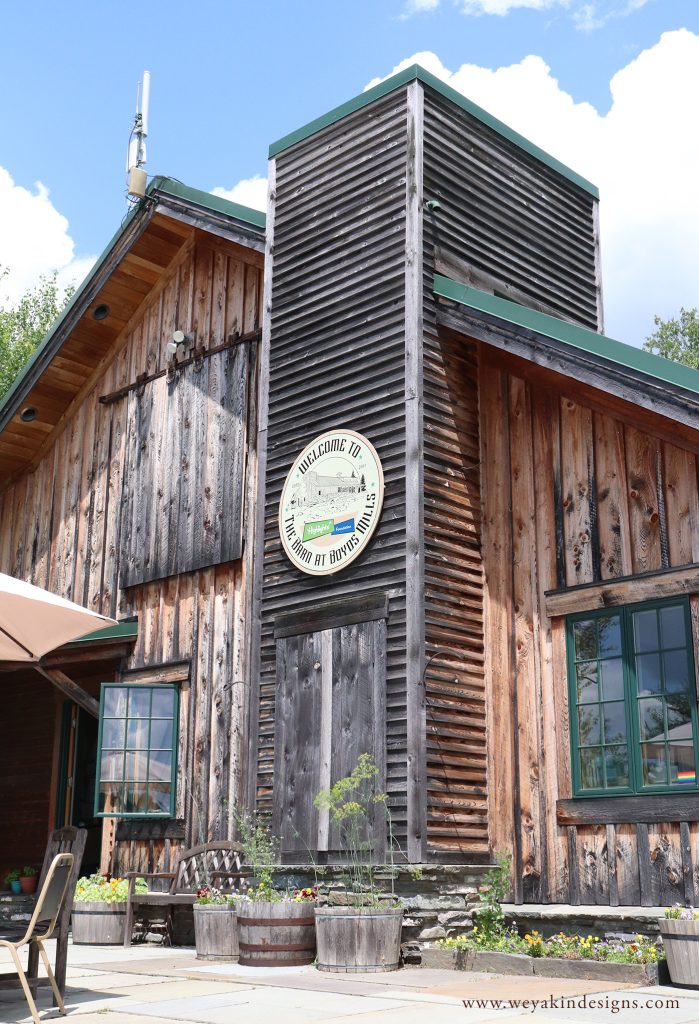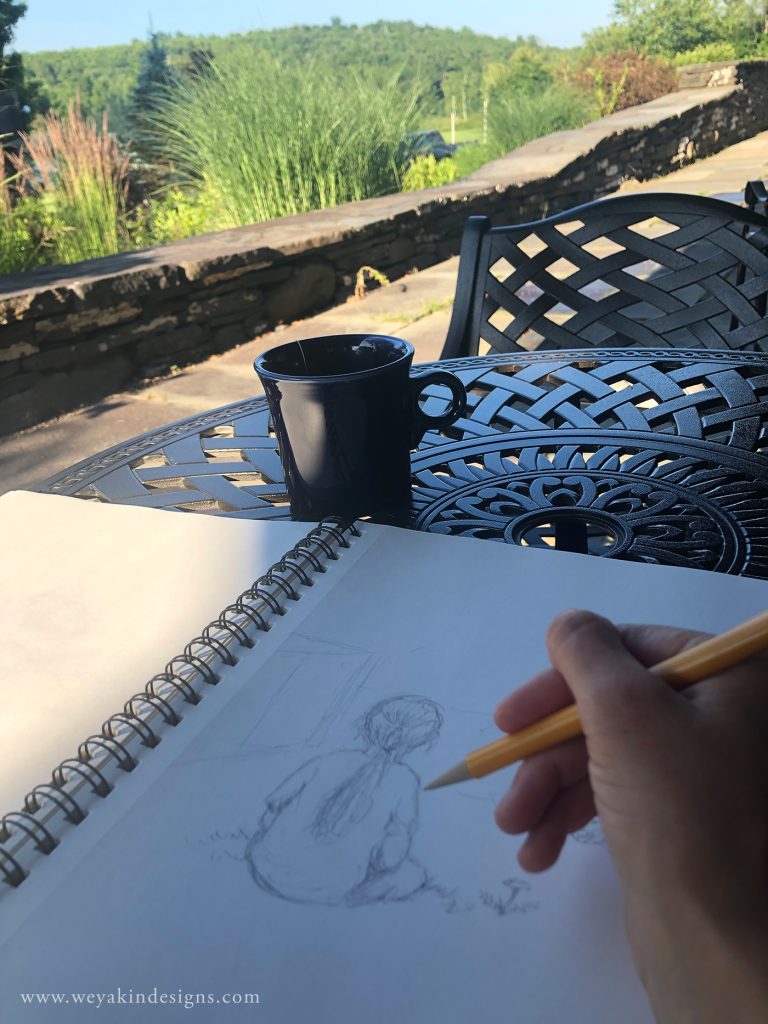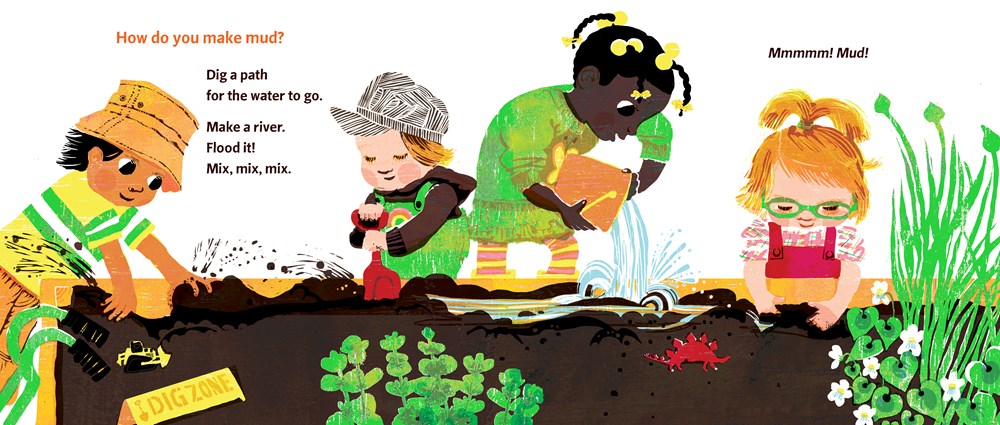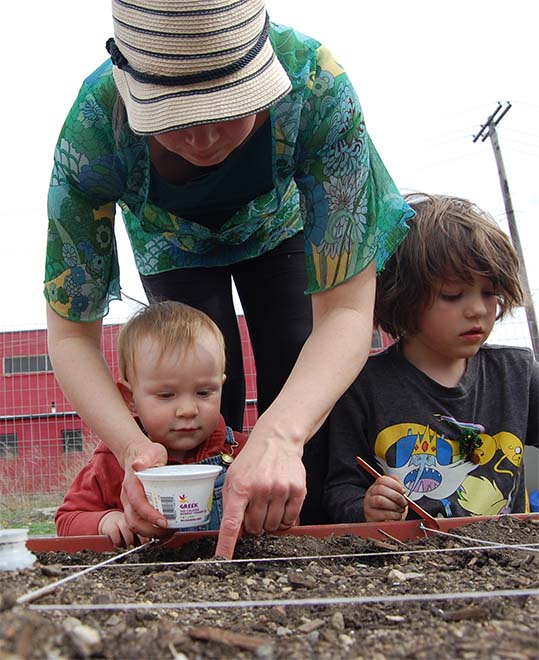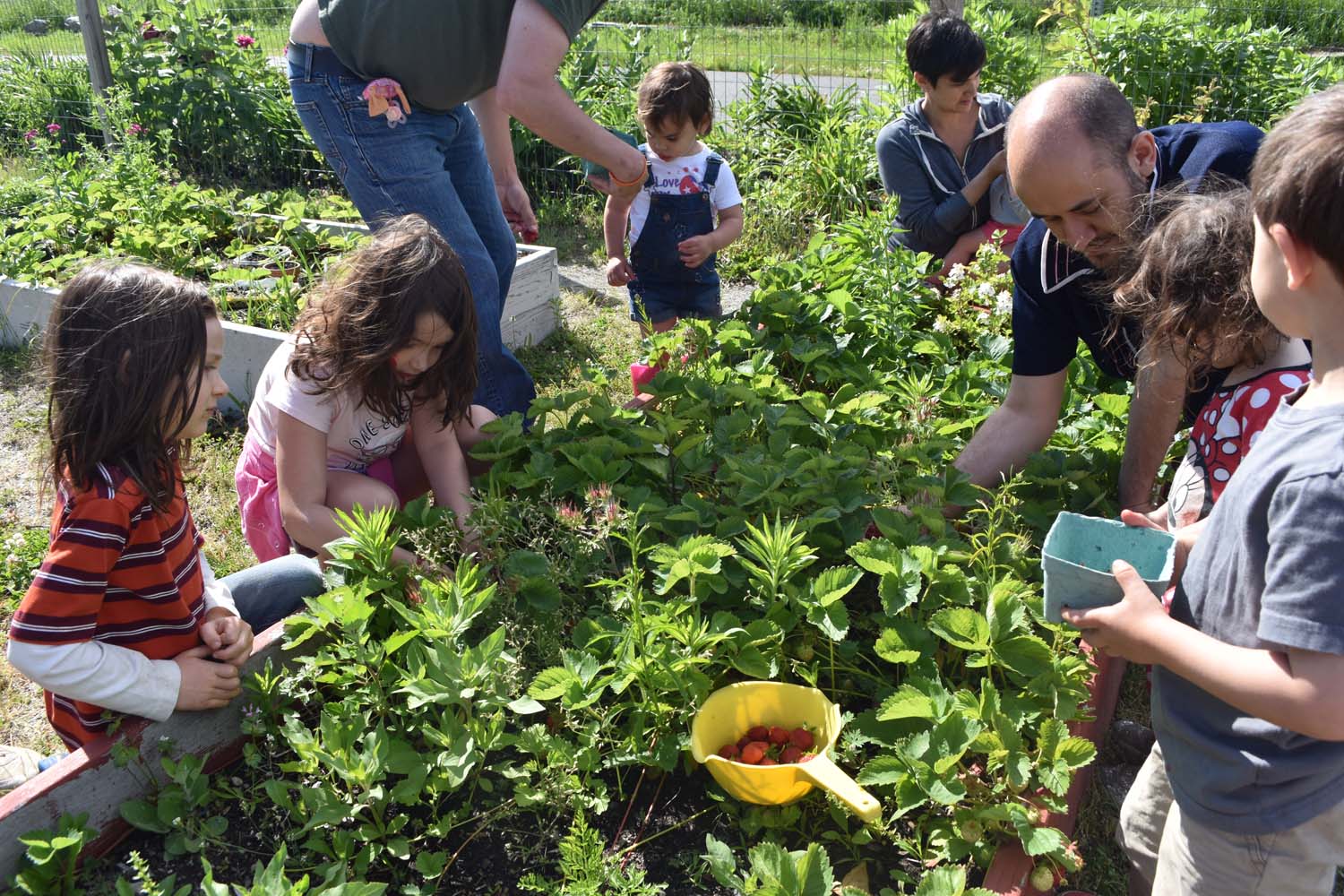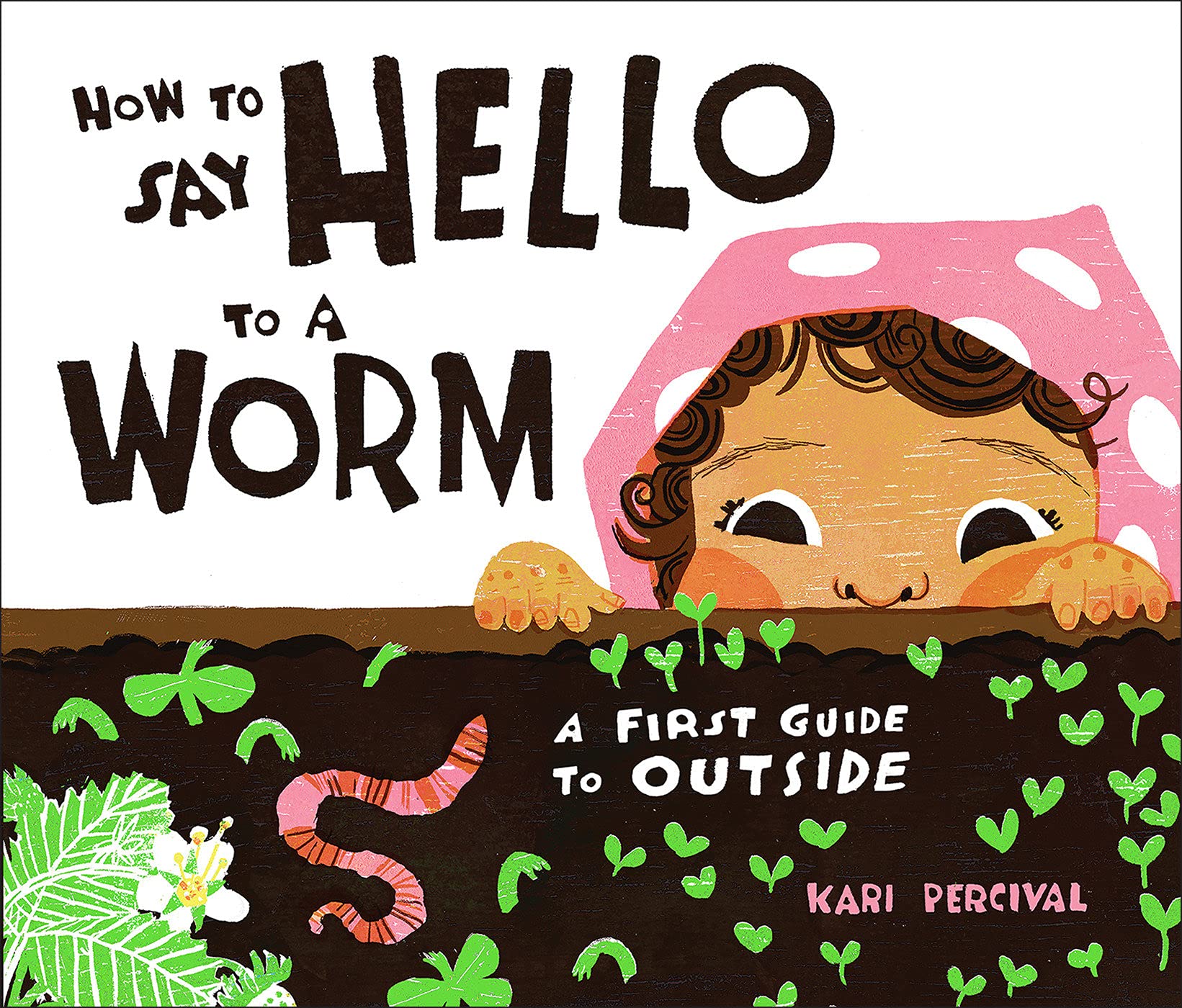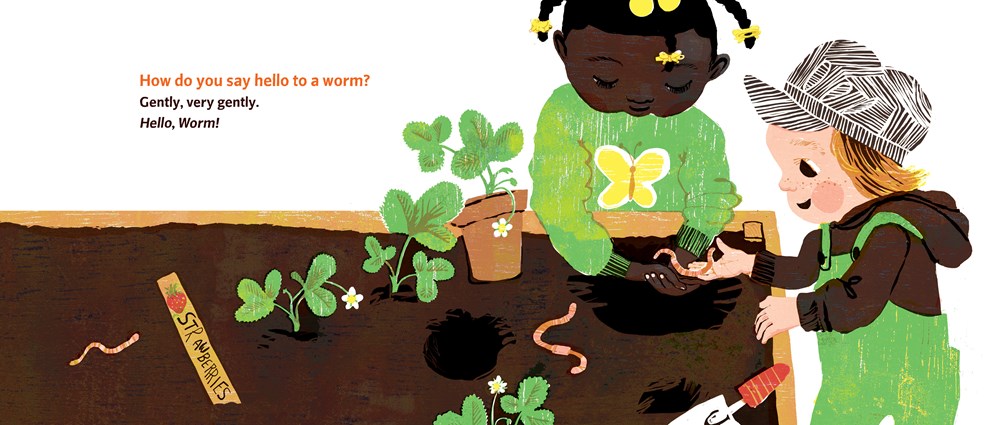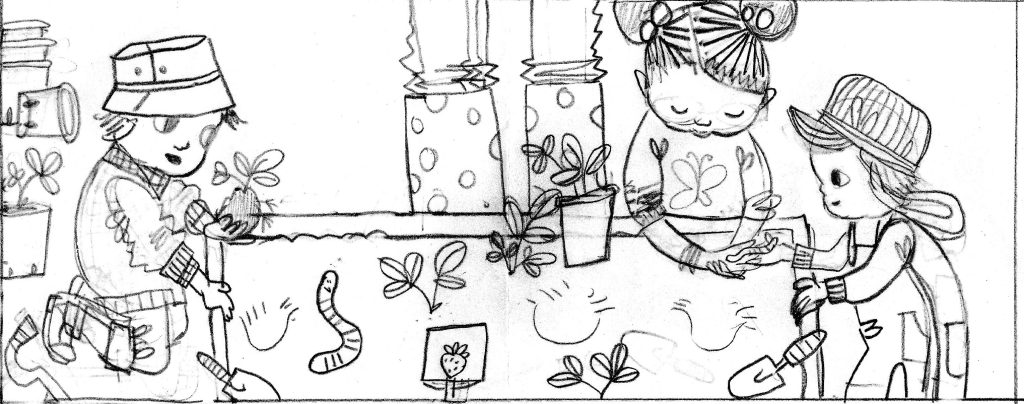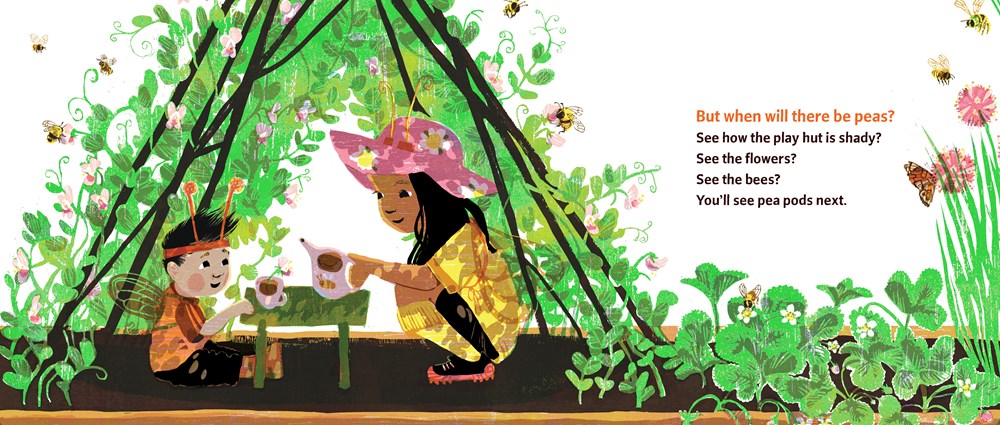KidLit Connection: Getting to Know Illustrator, Marie Hermansson
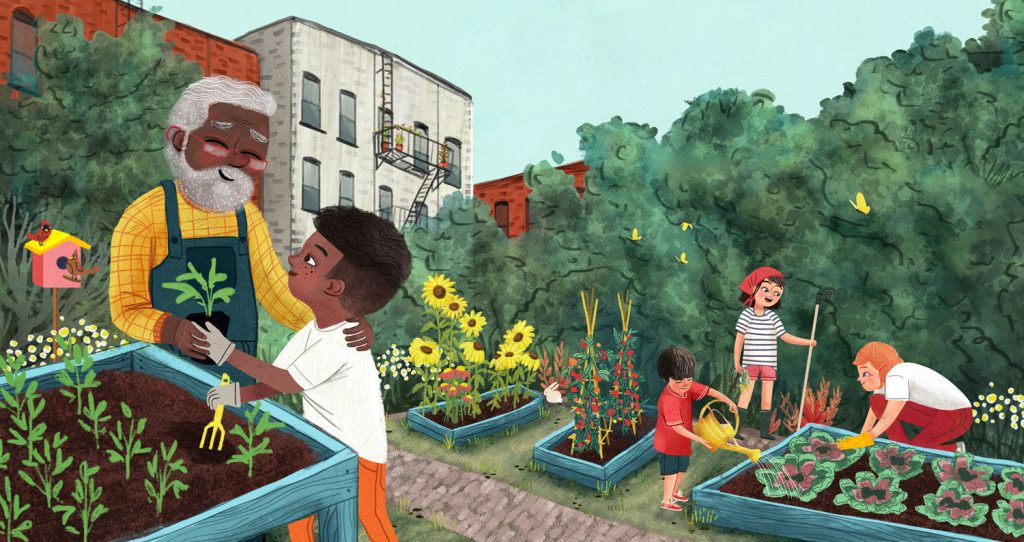
I’m so excited for the fifth interview in the KidLit Connection series, where I interview illustrators and author/illustrators who create amazing art for kids. This series has a focus on illustrators who share the magic of the imagination and spirit of nature with children and their grownups.
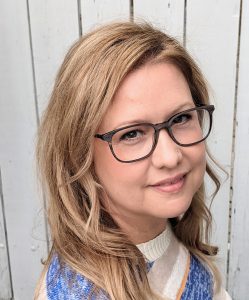
Children’s Book Illustrator
This month, I had the great pleasure of hearing from children’s book illustrator Marie Hermansson. Marie is a multi-talented artist with an eye for design and color. With a background in garden design and landscape architecture, Marie’s illustrations for kids bring out the magic of nature and the outside world. This is especially evident in her latest book, Listen to the Language of the Trees (written by Tera Kelley, published by Sourcebooks Kids, 2022). We’ll hear more from Marie about the process of creating this amazing STEM themed nature book in the interview, plus more about her upcoming books and other art projects.
Marie lives with her family in North Carolina, including her two children (ages 9 and 7) who lovingly help her out with critiques. When she’s not working on books for kids or other art, she finds curiosity and inspiration in the natural world by going for hikes and gardening. I really loved hearing from Marie about what inspires her, about her projects and process, and more. I hope you do too!
An Interview with Marie Hermansson, Children’s Book Illustrator
We’d love to know more about you as an illustrator. What inspires you and your art and what do you love about your job as a KidLit illustrator?
Thanks so much for having me here Victoria. Nature is my big inspiration, that’s pretty broad I know! Specifically, I love diverse environments, habitats, landscapes, oceanscapes and the flora and fauna found in those places. Children with their innate curiosity and love of nature are always an inspiration. I love how lighting and color set moods in an illustration. I am drawn to abstract fine art landscape painting and I think that I tend to create a bit of a fine art look for my landscape work in my KidLit illustration. In fact, I am always looking for ways to loosen up my art. With landscapes I can do that with more confidence but I am still trying to loosen up in how I draw my characters and creatures. It’s ever evolving!
Being a KidLit illustrator was (and still is!) my dream job. It wasn’t something that I set out to do, I found my way to it organically. Illustrating really lights me up and I feel like I am drawing and smiling at my computer the whole time like a crazy person. When I am drawing I think about the readers, the children who will be looking at the illustrations and hoping that they will bring them some joy. Maybe something in the drawing will be a talking point for them and their parent, caretaker or teacher. Maybe it will inspire them in some way. I know how much my own children love looking at and reading picture books so I hope that my books will bring that kind of happiness to other kids too.
How did you start making art for kids’ books? What inspired you to pursue this type of work?
As I mentioned above, my KidLit career developed naturally over time and wasn’t really planned. About 6 years ago I began illustrating on a daily basis. At the time I was having fun making greeting cards for my Etsy shop without any serious thought of making a career out of it. After a couple of months on Etsy I was contacted by the company that publishes all of the greeting cards for Trader Joe’s. They wanted to license artwork from me for a greeting card. This was a pivotal point for my illustration work for two reasons. First, I didn’t even know about art licensing and second, someone actually liked my art enough to pay me money to use it! It was such a confidence boost and I began to take my illustration work more seriously.
I started to get more clients for surface design but I realized as my style developed that I was illustrating in a way that lended itself to picture books. Telling a story visually was something that I was drawn to. I signed up for a picture book course, Skillshare, bought some books and began to learn more about picture book illustration and publishing. After about 6 months I had gained enough confidence to start looking for an agent. Soon thereafter I was approached by my first agency and started making my first picture book. I now am with a new agency and continuing to develop my career and making more picture books.
Your most recently published book LISTEN TO THE LANGUAGE OF THE TREES: A STORY OF HOW FORESTS COMMUNICATE UNDERGROUND (written by Tera Kelley, published by Sourcebooks Kids) is a beautiful STEM book with scientific facts about trees. Can you tell us more about this book?
Listen to the Language of the Trees was such a joy to work on and I am grateful that I was chosen to illustrate it. It was my first book project so I learned a lot about the process of making a picture book as well as working with a team at a publishing house. I did a ton of research on the topic and learned a great deal in the process.
The forest in the story is an old growth Douglas fir forest. These forests stretch from Oregon all the way into Canada. There are certain types of animals that live there, some of which you see in the book. The story is actually fiction but is teaching a nonfiction topic. It talks about how trees communicate with one another underground through a network, “the wood wide web” of fungi—helping and supporting each other as a community much like people do. It is an amazing story and I hope that people who read this book will think about forests and trees in different way, to respect them, to want to protect them and understand their importance. It’s not just the trees that make up the forest community but, all of the plants and animals that live there as well.
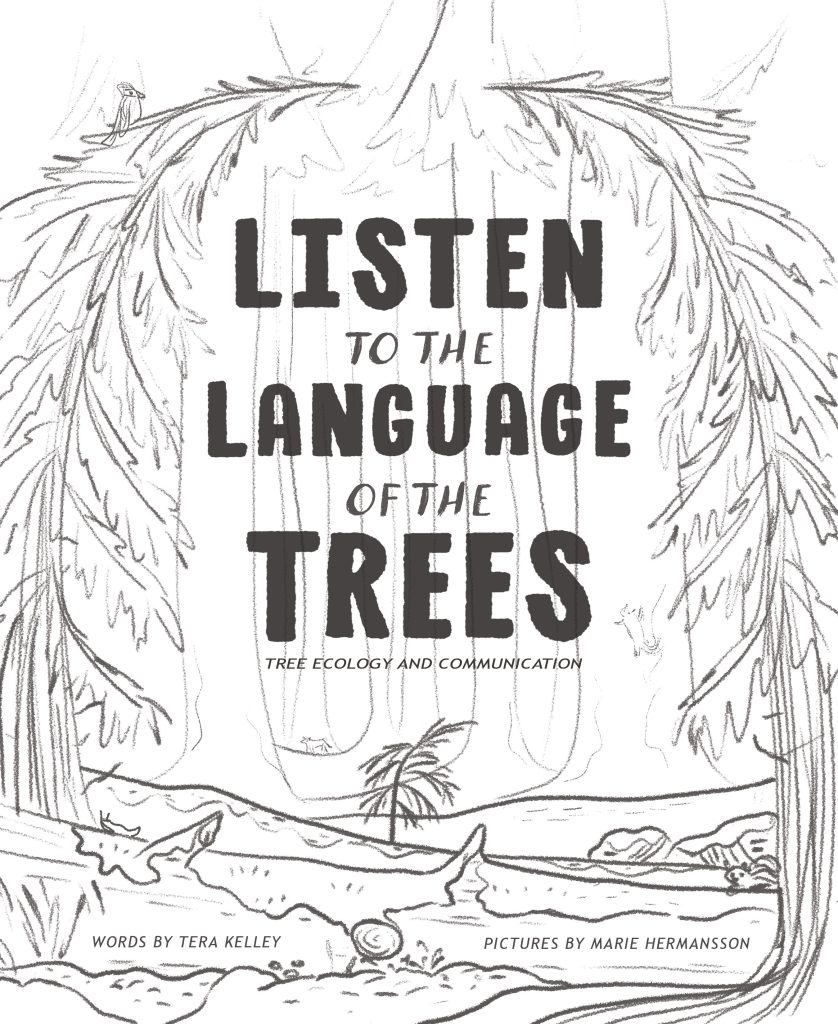
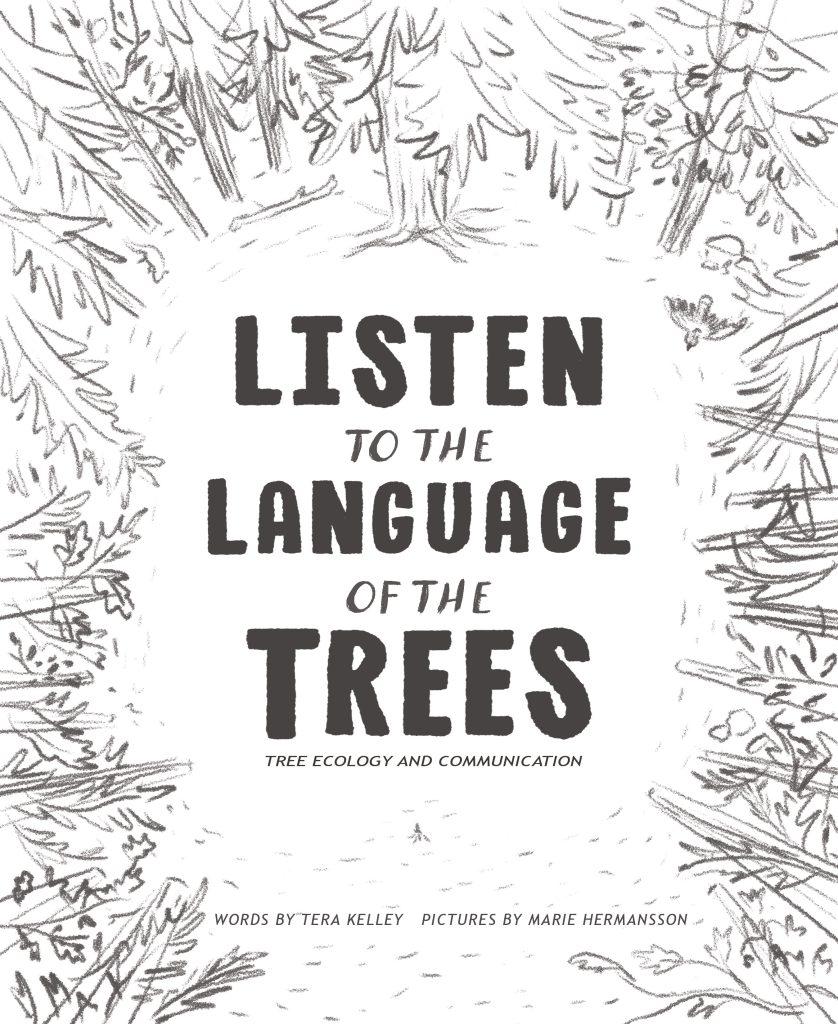
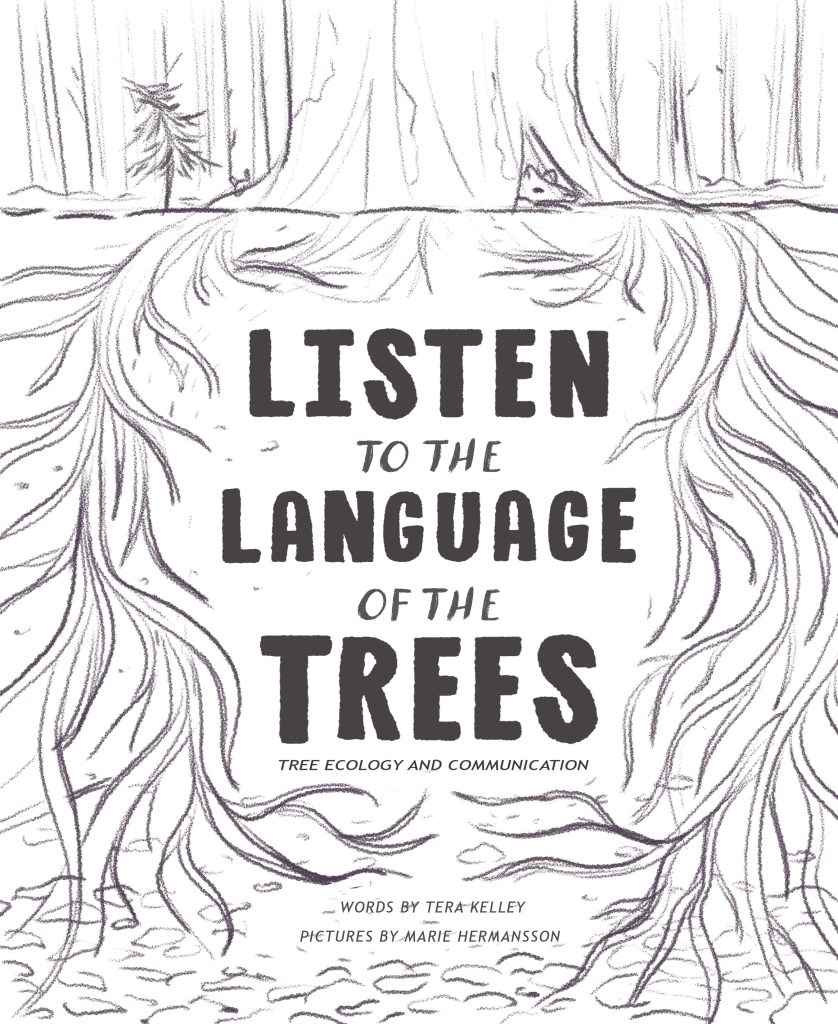
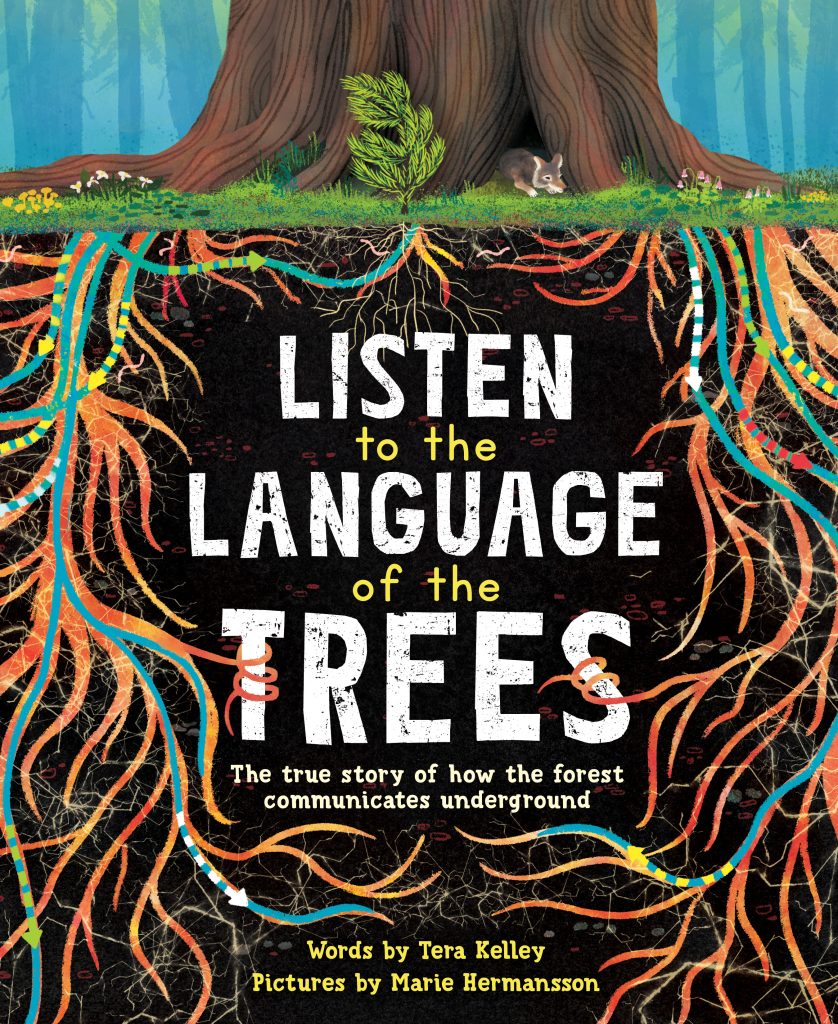
What was your favorite part about illustrating LISTEN TO THE LANGUAGE OF THE TREES? Additionally, what was one of your greatest challenges working on this book?
I realized how much I enjoy drawing forests and natural environments in general when I illustrated this book. There was an ah-ha moment when I thought to myself…this might be my thing! Drawing the animals was the challenge. I hadn’t drawn tons of animals previously, so it was just a matter of deciding how I wanted to draw them, how I wanted to stylized them, how much I wanted to stylize them. So they took longer to figure out. I understood that with more experience drawing animals, it would become less of a challenge over time, so I leaned in.
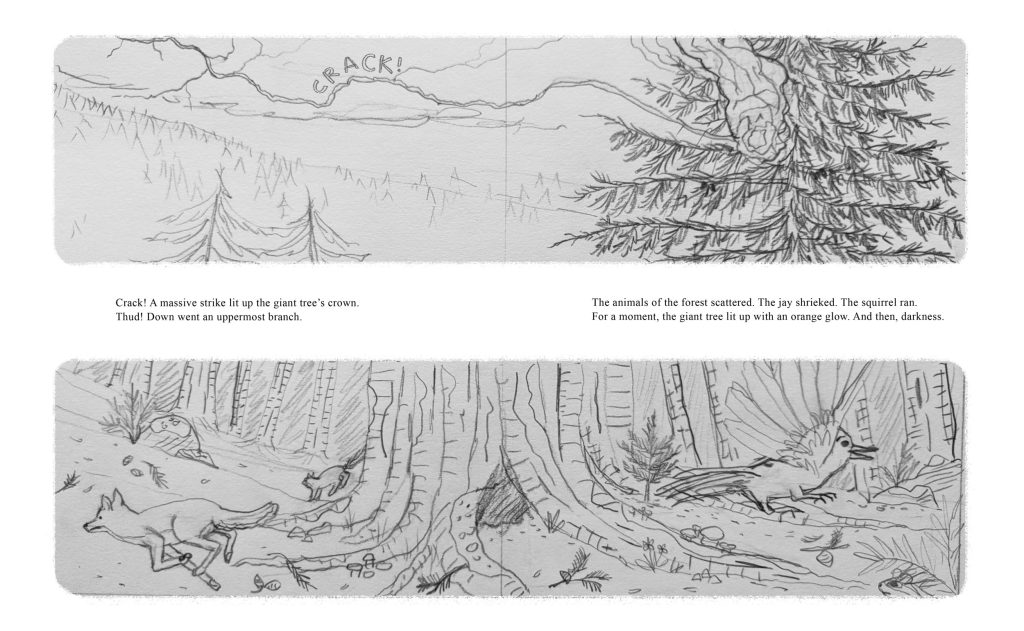
Could you tell us more about how nature inspires your work and what role it has in your art?
Just a simple thing as a walk in the woods has always been such a visceral experience for me. I have always noticed everything and been curious about it all, even as an adult. The dichotomy of the natural world is intriguing. On the surface it appears to be so simple, but in reality it’s infinitely complex and everything is connected. I think that the reason there are so many environmental problems today is that people have neglected to see and understand that complexity.
When I create illustrations for nature-oriented kids books I research quite a lot about that particular place or habitat or species. It’s a continuous education. There’s so much to learn and be inspired by. In a way, illustrating is my way of better understanding the world around me. I hope that the children looking at my illustrations can be inspired and learn from it as well.
We’d love to hear about your process as a picture book illustrator and how you work as an artist. Could you share more about that?
Process for me is ever-evolving. Different books require different processes.
Generally though, my process begins by reading and understanding the manuscript. What is the author saying and is there anything to read between the lines? If so, how might I show that visually? Next, reviewing the art direction, and making sure that I’m clear on what it is that they are looking for. I’ll start sketching thumbnails, really small and mainly lines of movement and shapes thinking about how the readers eyes will flow across the page. I am always looking for ways to create interesting layouts and perspectives.
During all of this I am also conducting my research. I feel like I’m doing that the entire time through the process. I’ll sketch out characters until I arrive at something I like. Then, I’ll do a more refined sketch on paper and scan that into the computer to begin to put together the sketch files I will send to the art director and team.
I love moving to color, which is a whole other bag of worms. 🙂 Deciding on color is its own process. Then, there’s deciding on which brushes I want to use to create textures. I have favorites, but Kyle makes it hard on me because he’s always creating new brush packs that I can’t resist! I love discovering new brushes and playing with the textures they can create. The possibilities are endless, but the time in my schedule is not so I have to show some self restraint.
You also have four book projects all coming out in 2024 (WOW)! Can you tell us more about those projects?
Yes! I would love to tell you about them! First, another picture book with Sourcebook Kids (I love them). It’s titled The Reindeer Remainders by Katey Howes. The book teaches math concepts, emotional navigation, and forest life all in a school day. It’s really a fun story and I am having a good time illustrating it. I’m working on the color finals as we speak!
The next book is I Am A Thundercloud by Leah Moser, published by Running Press Kids. This is a book that aims to teach children about how to self-regulate a storm of big feelings. I’m thrilled to be working on this book because my son and I read a lot of books on this topic. It’s a new topic for me to illustrate, emotional landscapes, but I have enjoyed the challenge. Can’t wait for you all to read it!
The other two books are part of the Lucy Calkins nonfiction reader series for Heinemann a division of Houghton Mifflin Harcourt. Both of these book are about the ocean. The first one is following the life journey of green sea turtle and discusses the habitat of the Great Barrier Reef. These books are really great because they also address the issues that these animals and their habitats face due to climate change. I love that these topics are being discussed in a reader series and I am really proud to be a part of this particular book project.
What other work have you done as an illustrator that relates to your work as a nature artist?
A lot of the greeting card work I did before starting to work in children’s publishing had nature themes. Although, I have previously done some larger canvas paintings before for personal projects. I studied garden design/landscape architecture in college, so I was designing planting plans like butterfly gardens, rain gardens, pollinator gardens and native plants that would attract and provide a habitat for local wildlife. It involved a lot of sketching and working in the digital programs that I use now to create my illustration work.
What is your biggest dream for your work as a kids’ book illustrator?
It’s such a dream come true to already be making children’s books, and I am so grateful to be doing it. I really want to continue to work on well-written, beautiful and inspiring books for children, to have projects coming in on a regular, consistent basis. I would love to work with a well known author and I have a bucket list of all the publishers I want to work with.
What is something you’d like to tell aspiring picture book illustrators?
There are so many things! Unfortunately, there is no magic formula. What works for one person won’t necessarily work for another. Developing your career is a process much like the one you use to create your art. It takes research, planning, effort and time. Research is really key. Read about the publishing industry, learn who all the publishers are, read interviews with agents, art directors and editors about what they are looking for in an illustrator, what type of illustrations are they interested in seeing?
Being an illustrator is different from being an artist. With illustration you are hired to illustrate what the publisher is wanting. If you are interested in illustrating a certain topic, look at as many picture books as you can that are about that topic. It’s good to be aware of what is already existing and learn from it. Learn from people who are doing what you want to do. Take courses, look up instructional YouTube videos to get a handle on the art fundamentals, read illustration blogs and join the social media community of illustrators and watch process videos. There are so many helpers out there! People who have so much experience and are sharing what they know for you to learn from. Keep at it!!
See More from Marie Hermansson
To learn and see more from Marie Hermansson, visit her website and social media pages:
Marie is represented by Caryn Wiseman at Andrea Brown Literary.
Are you a published or soon-to-be published illustrator or author/illustrator who loves creating books about nature, animals, or the environment? I’d love to chat with you for a KidLit Connection interview! Send me a message.

